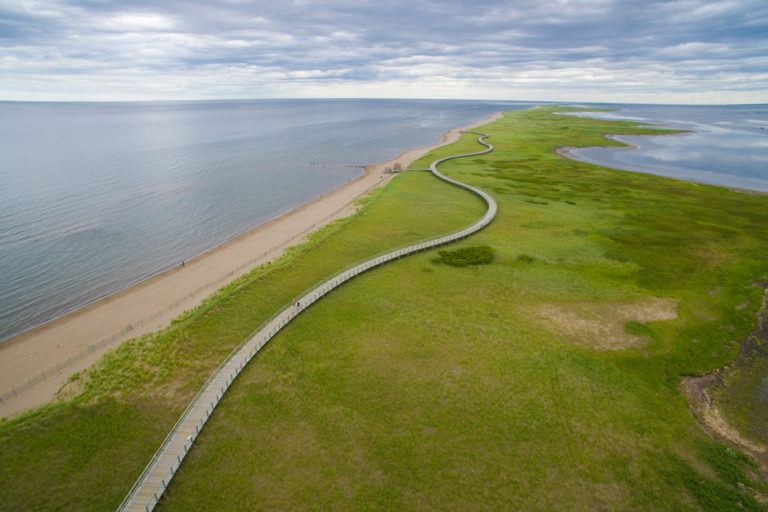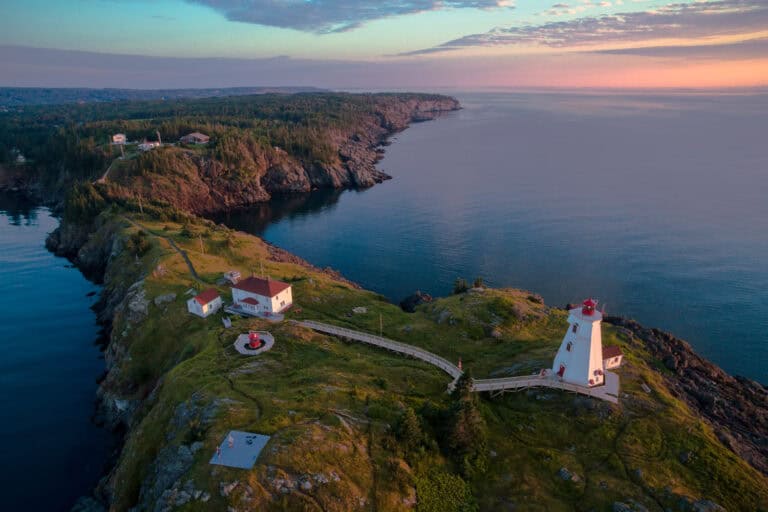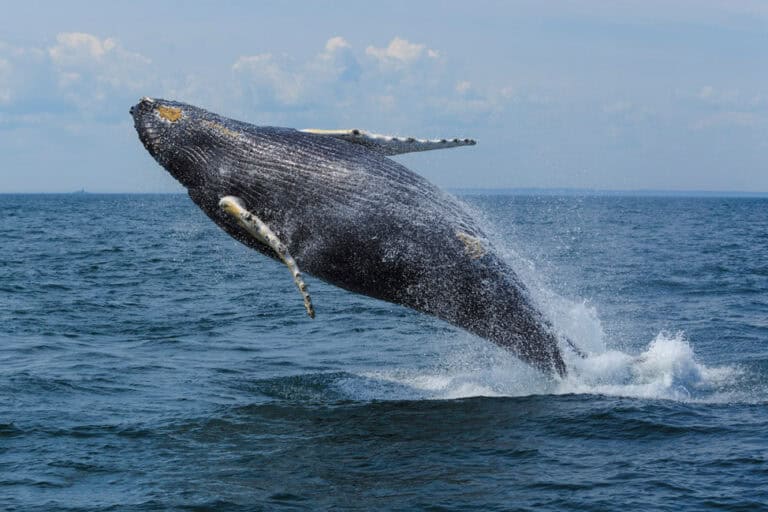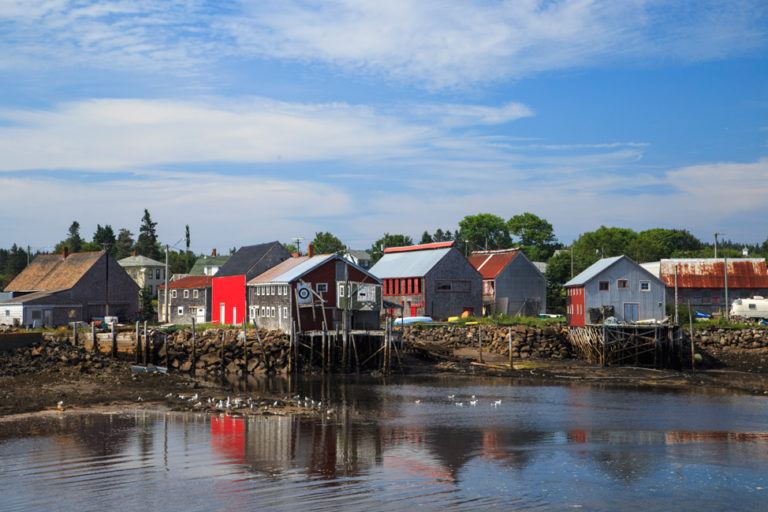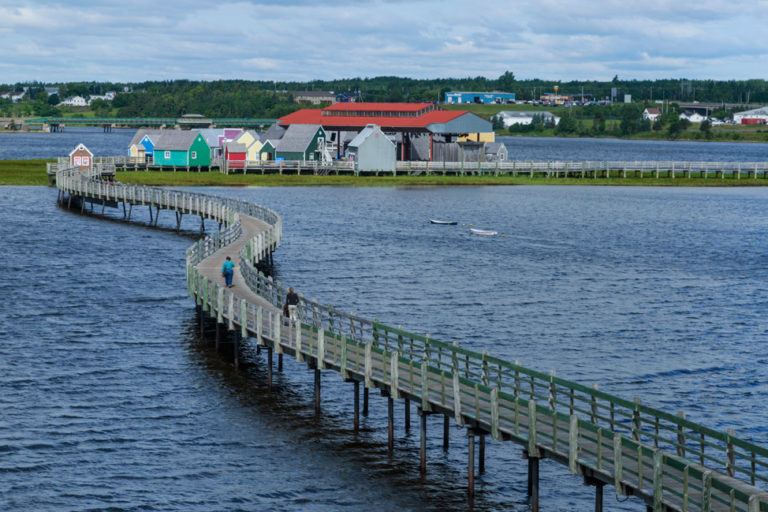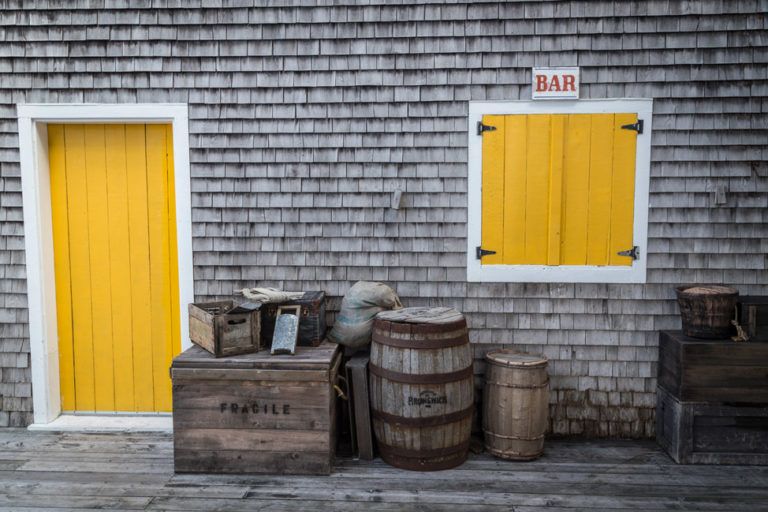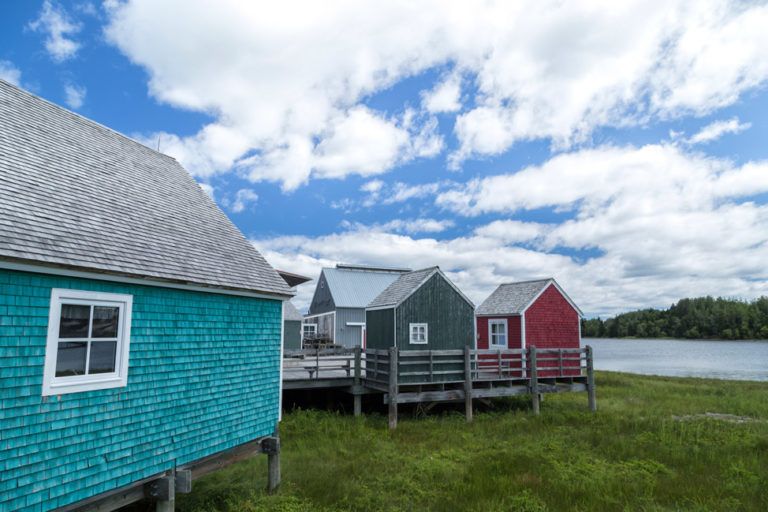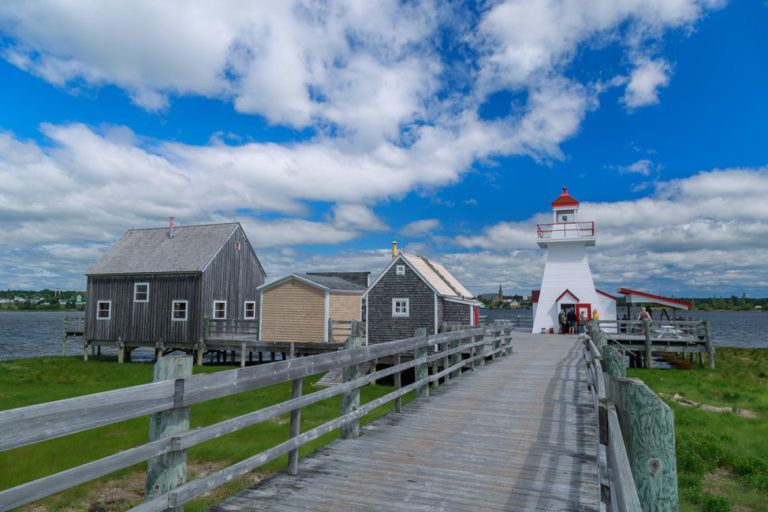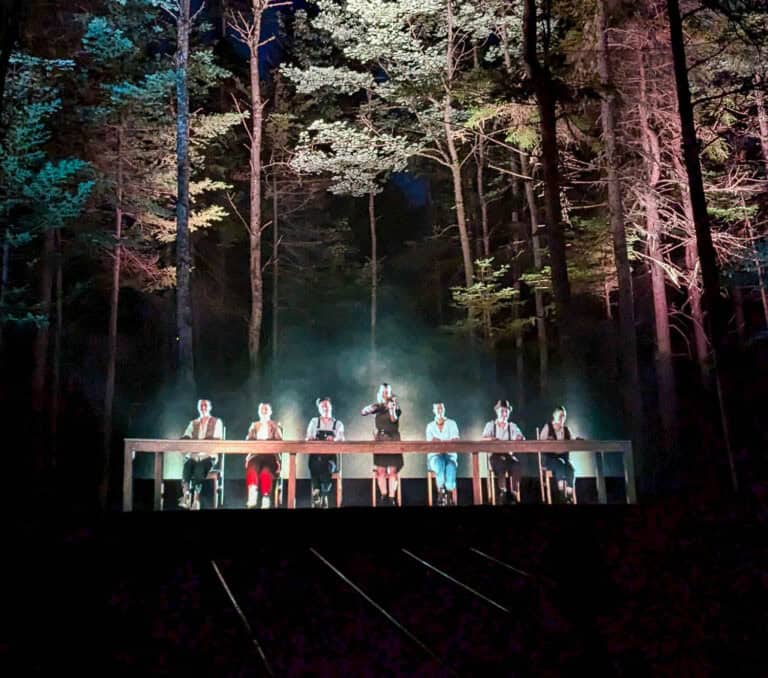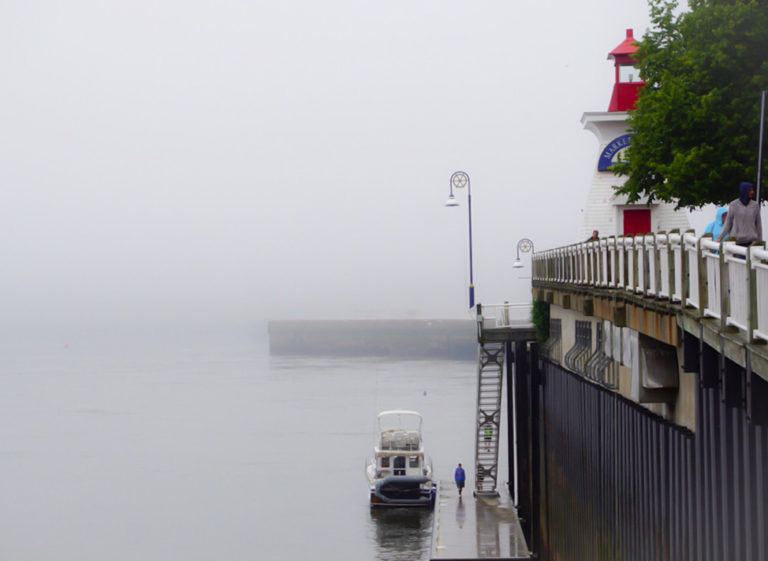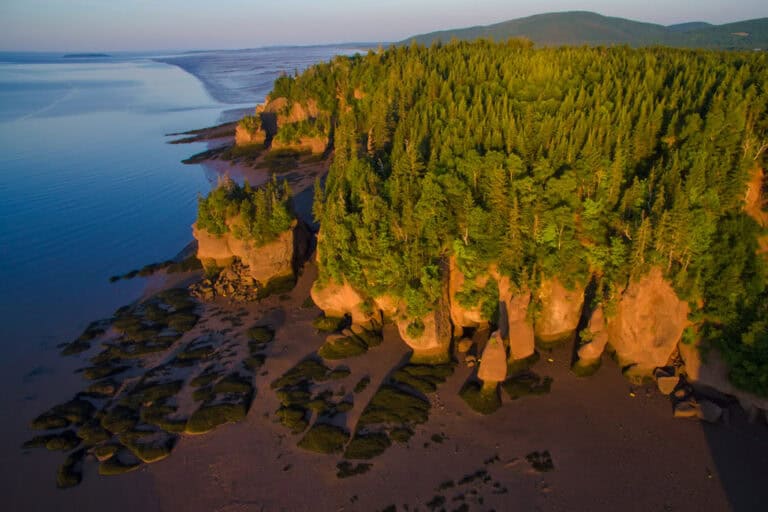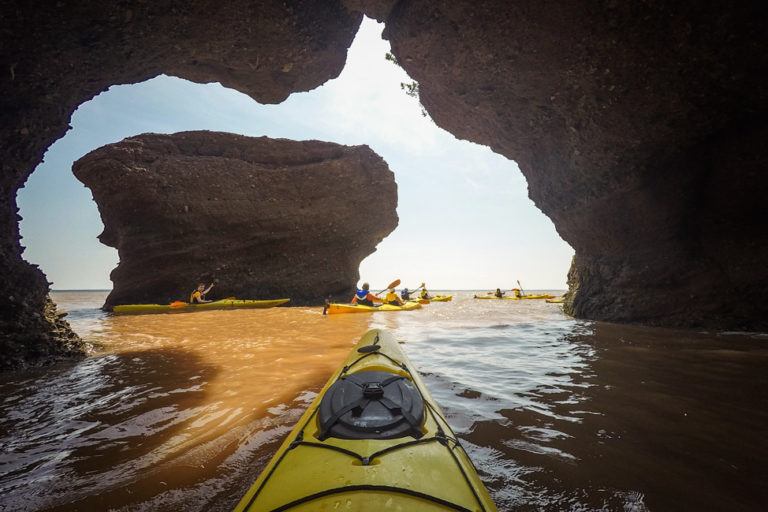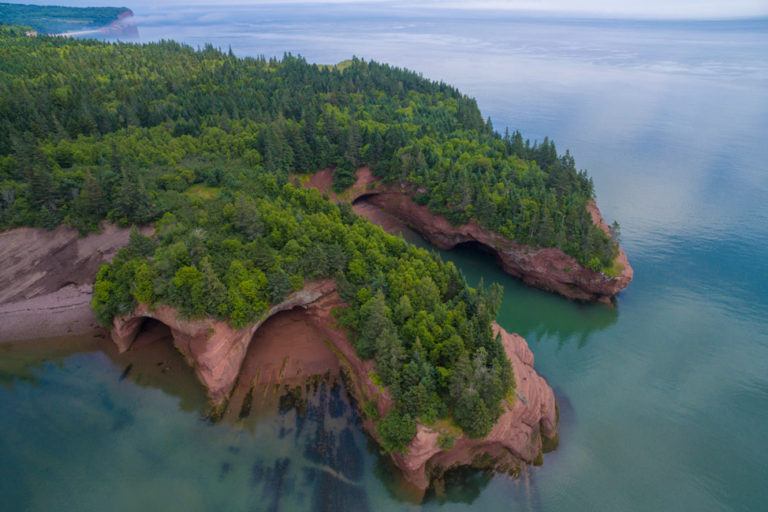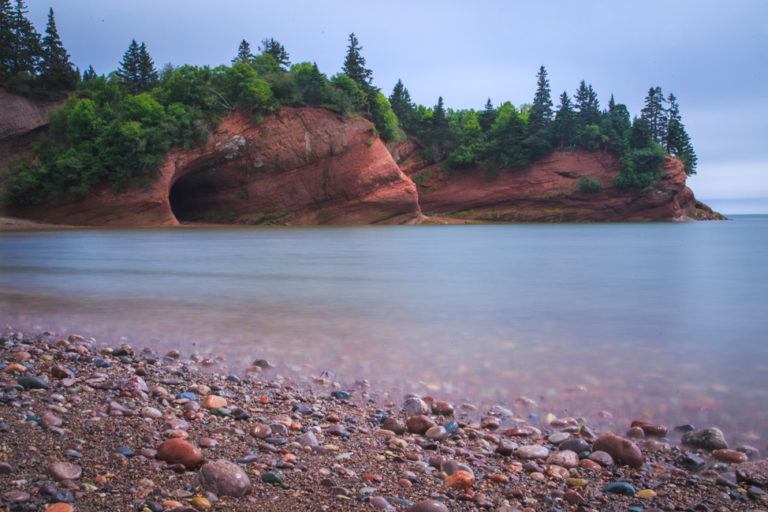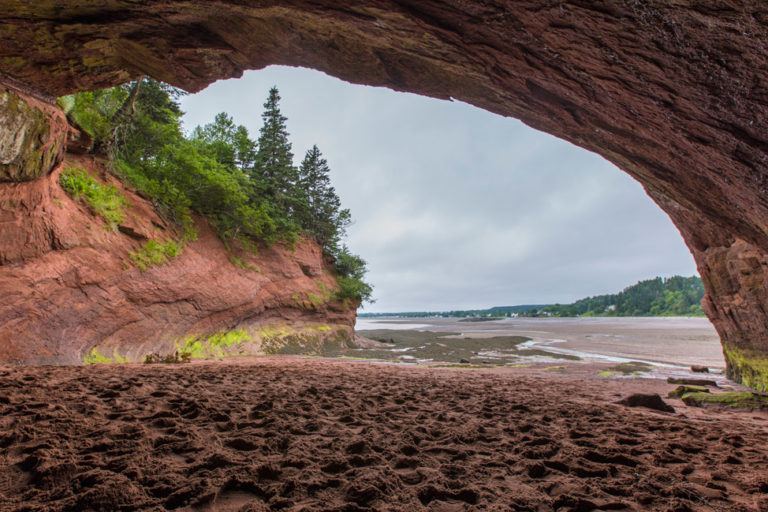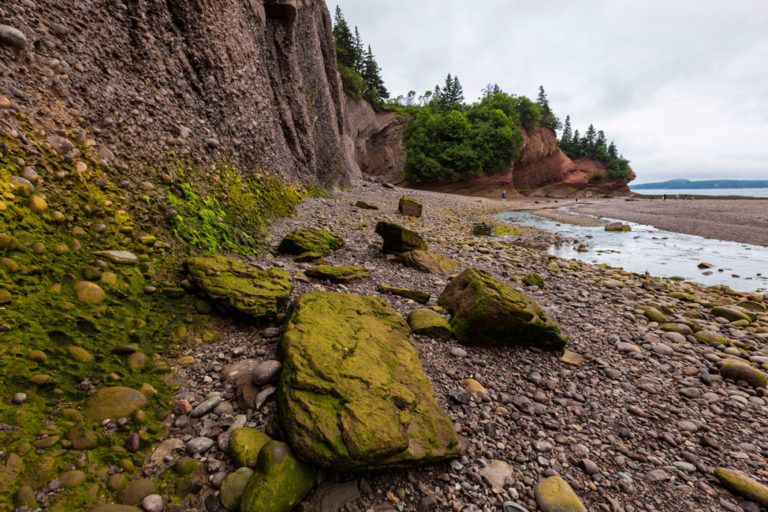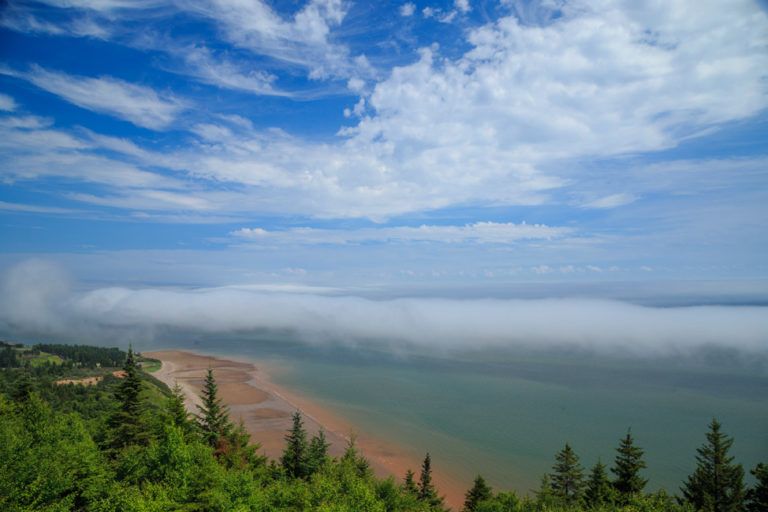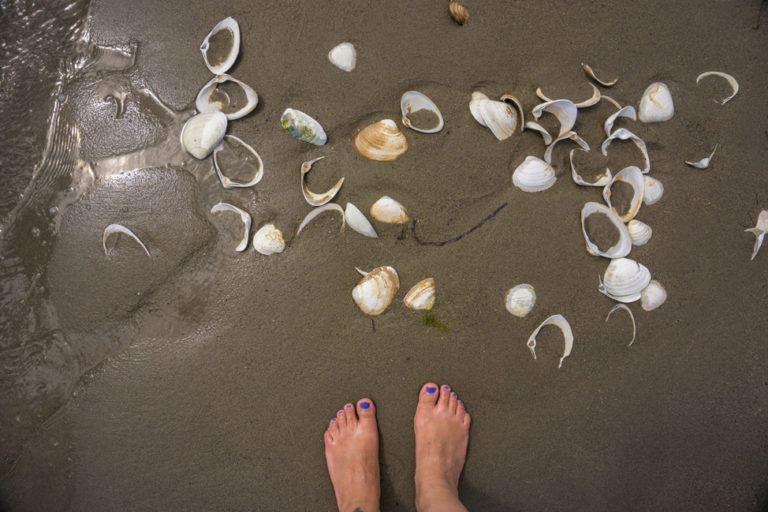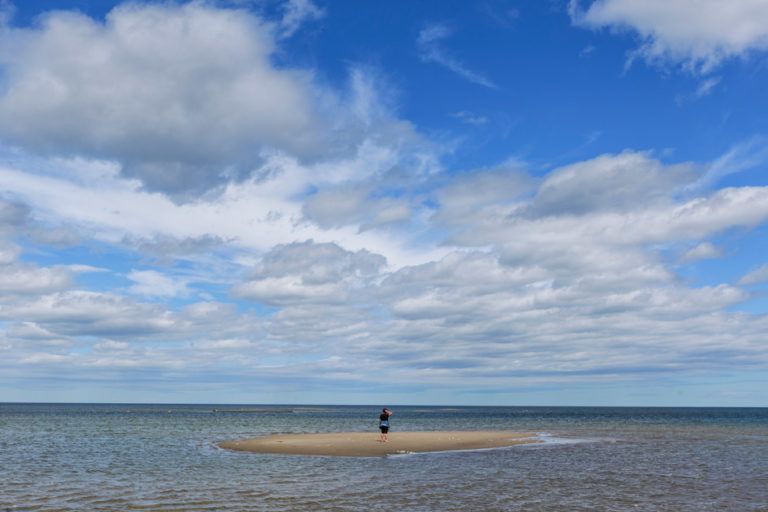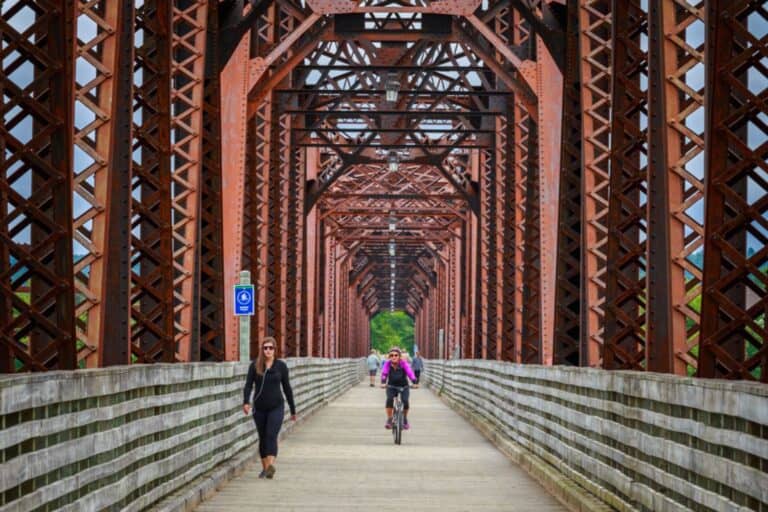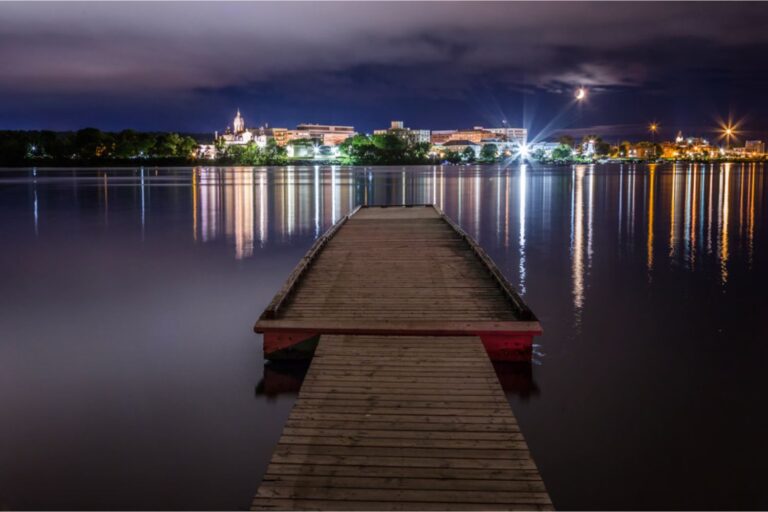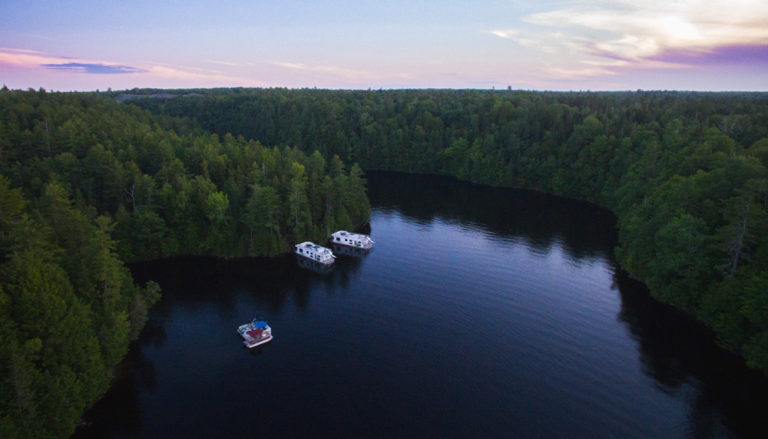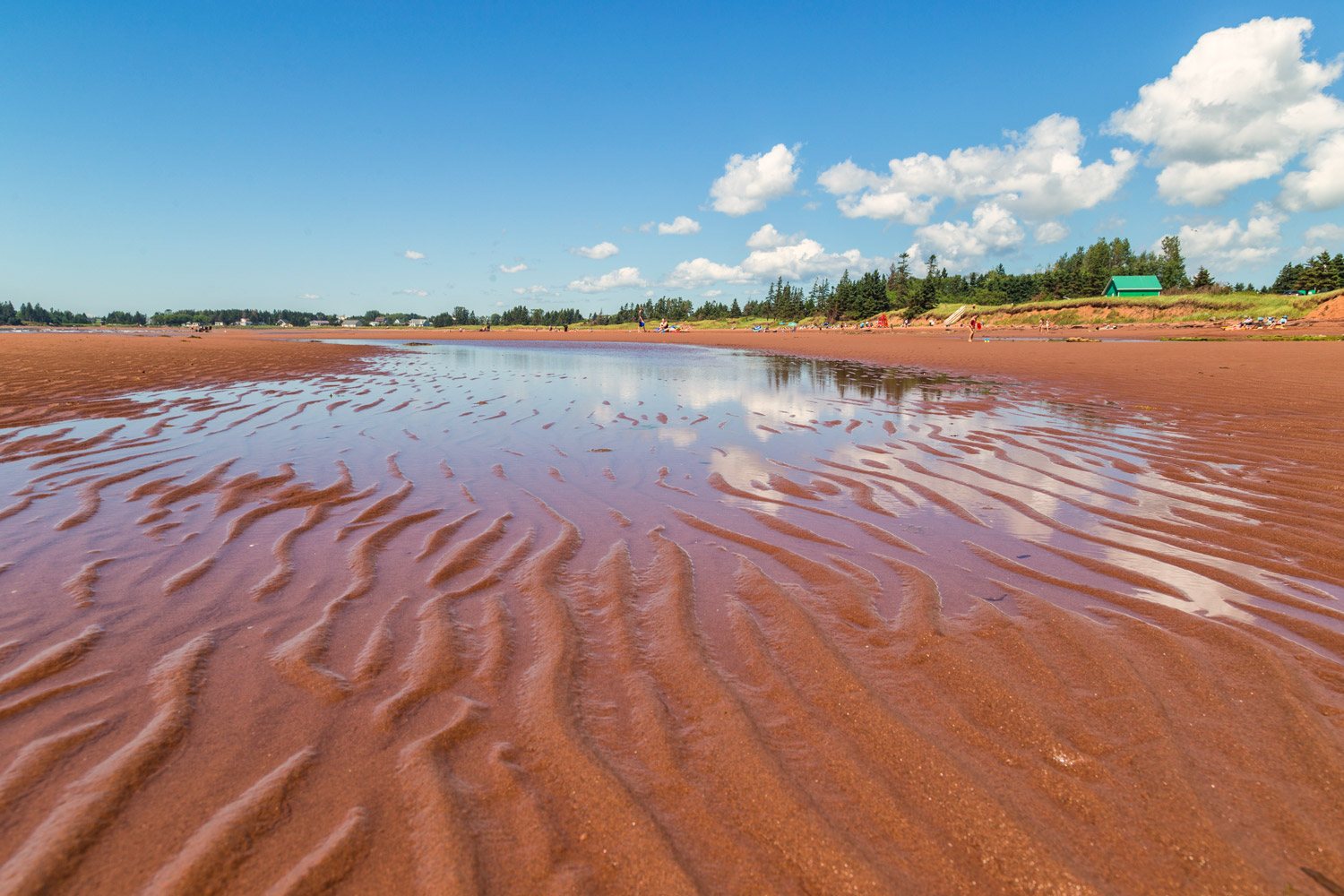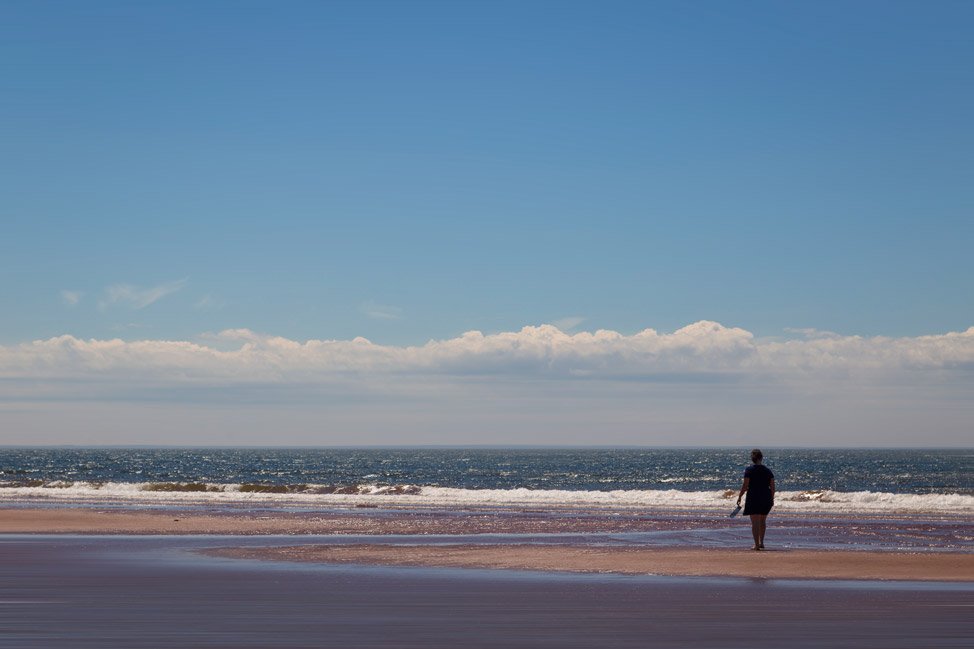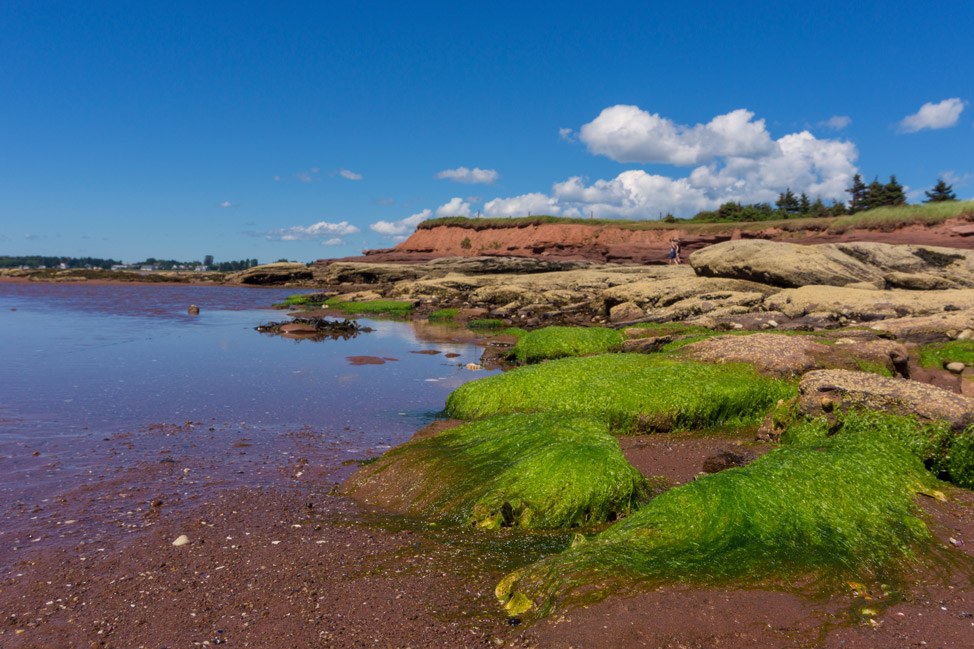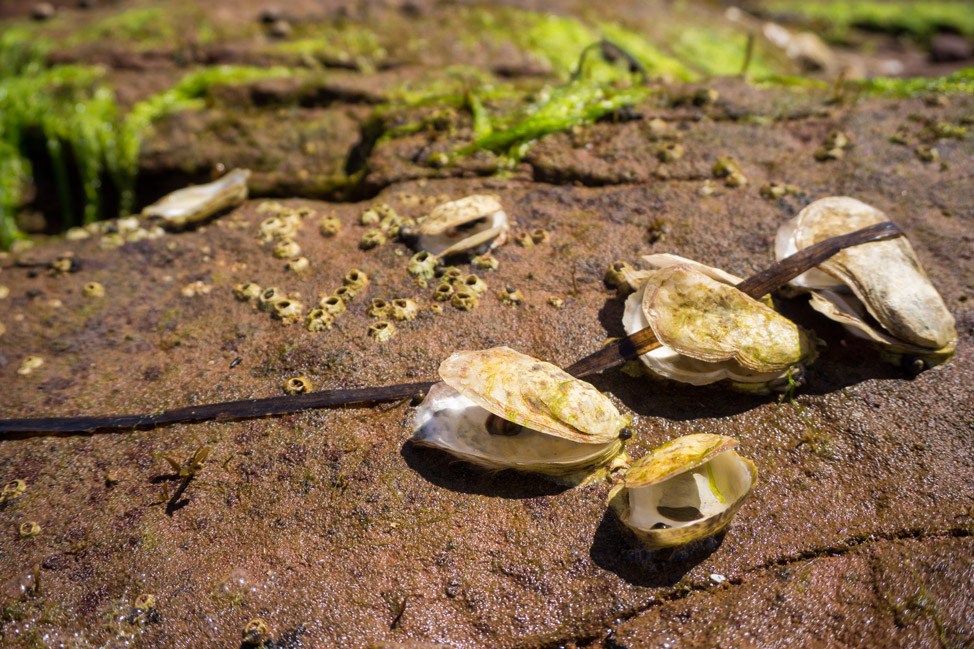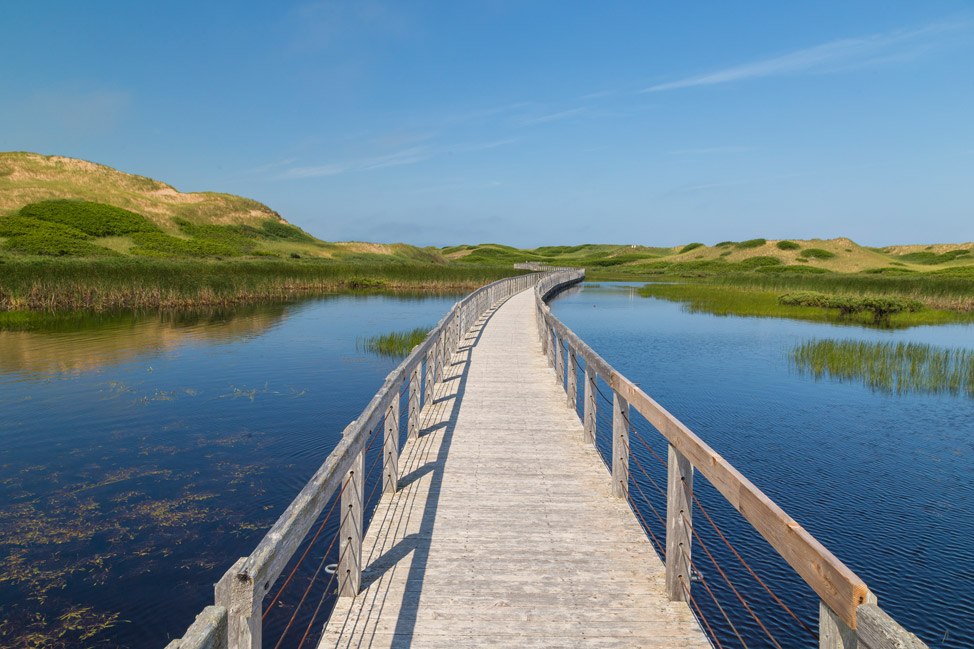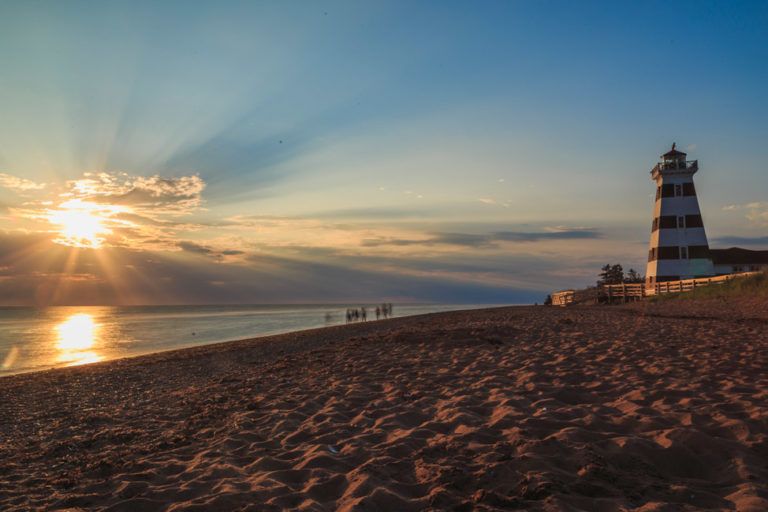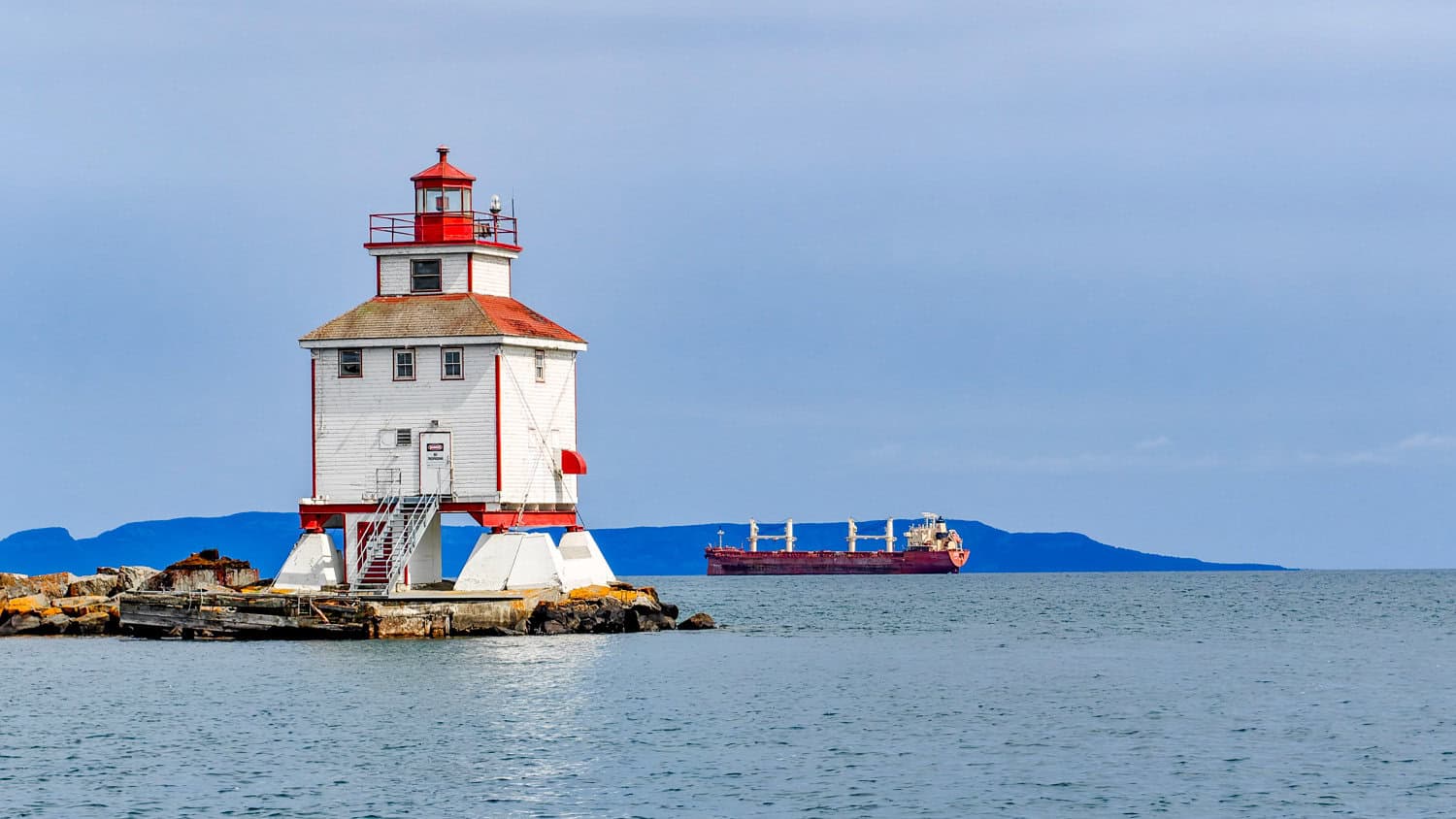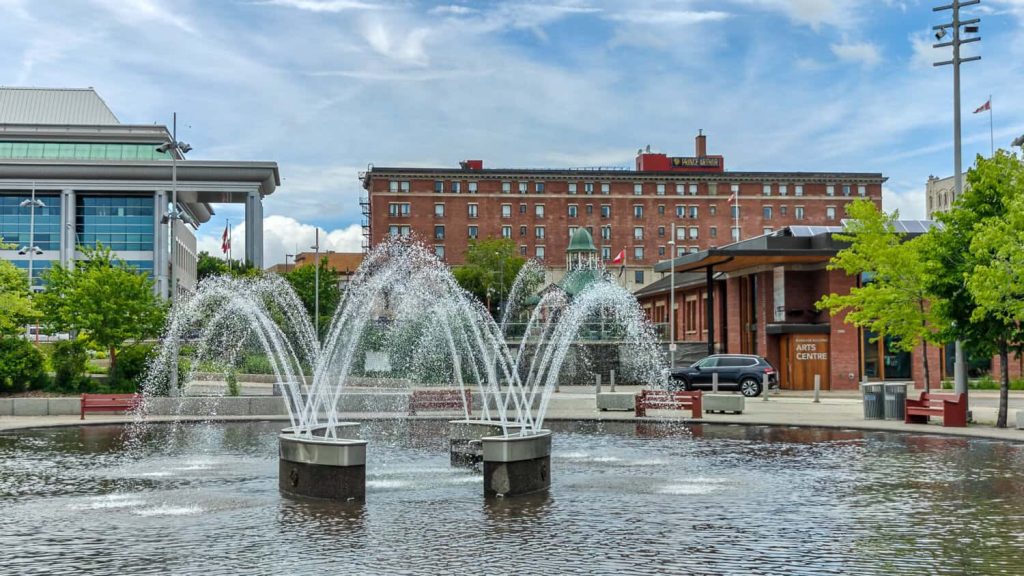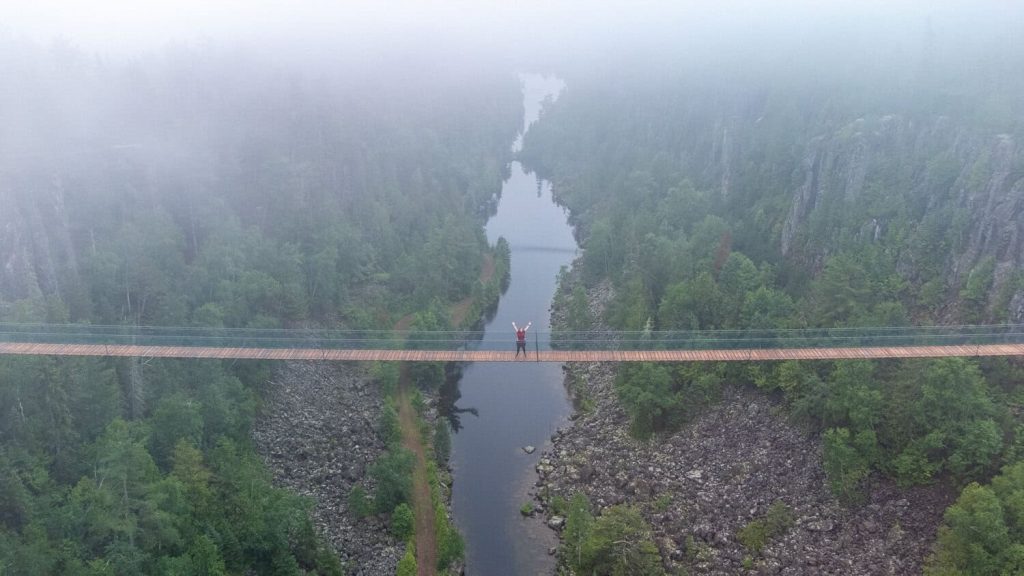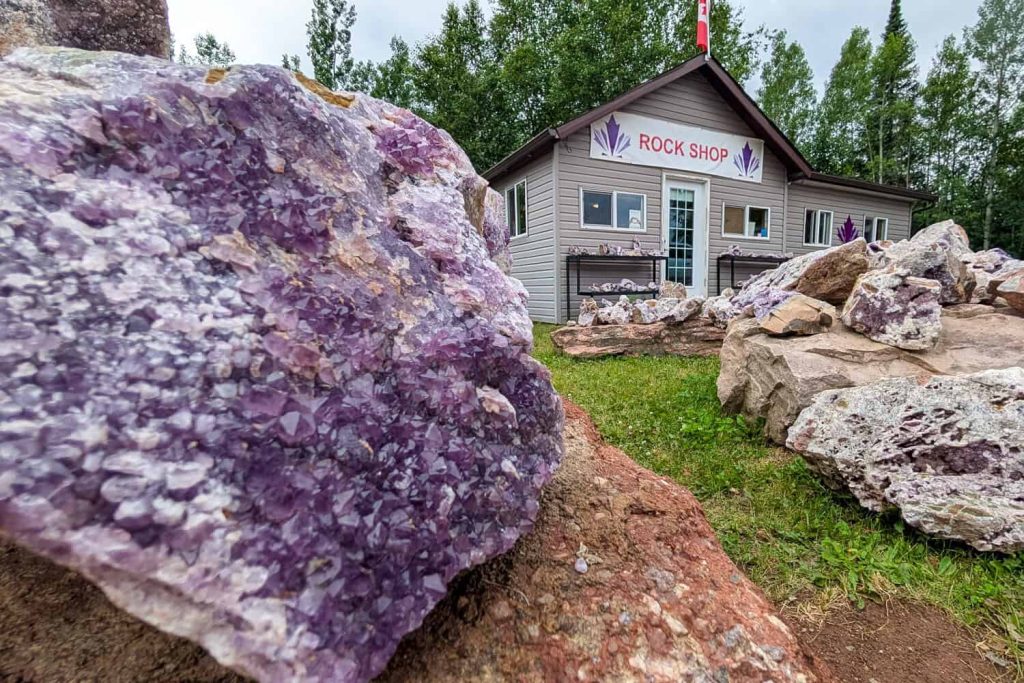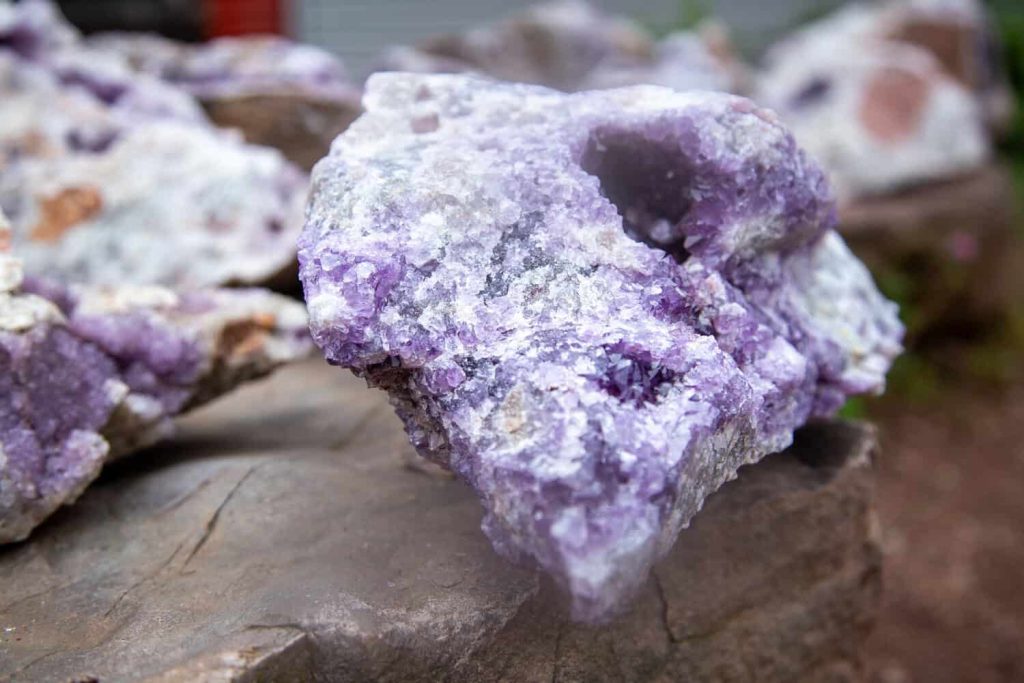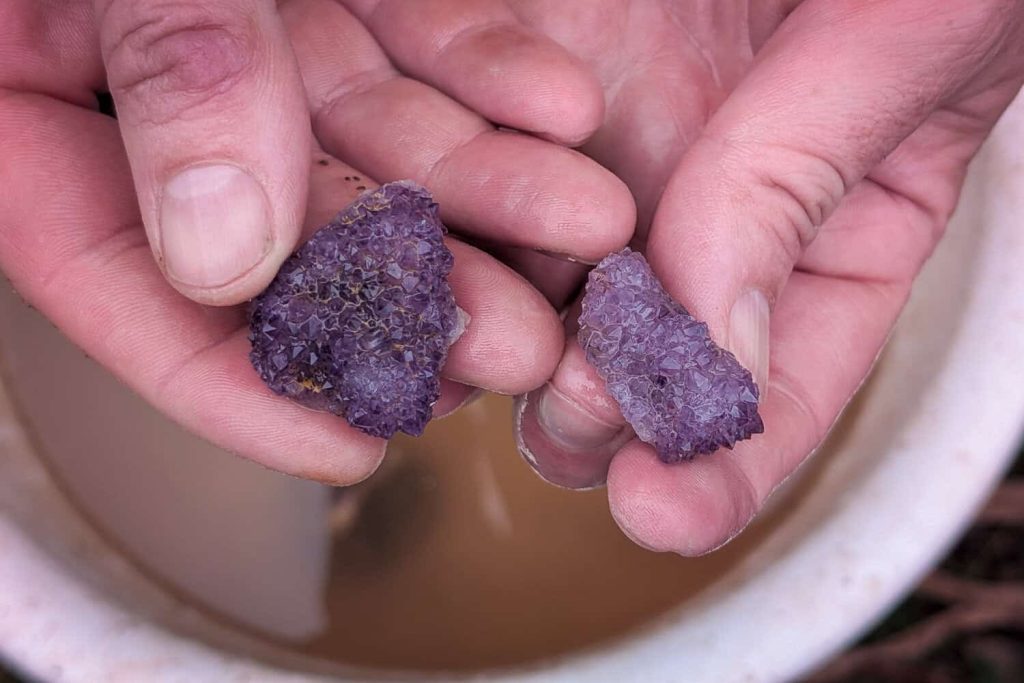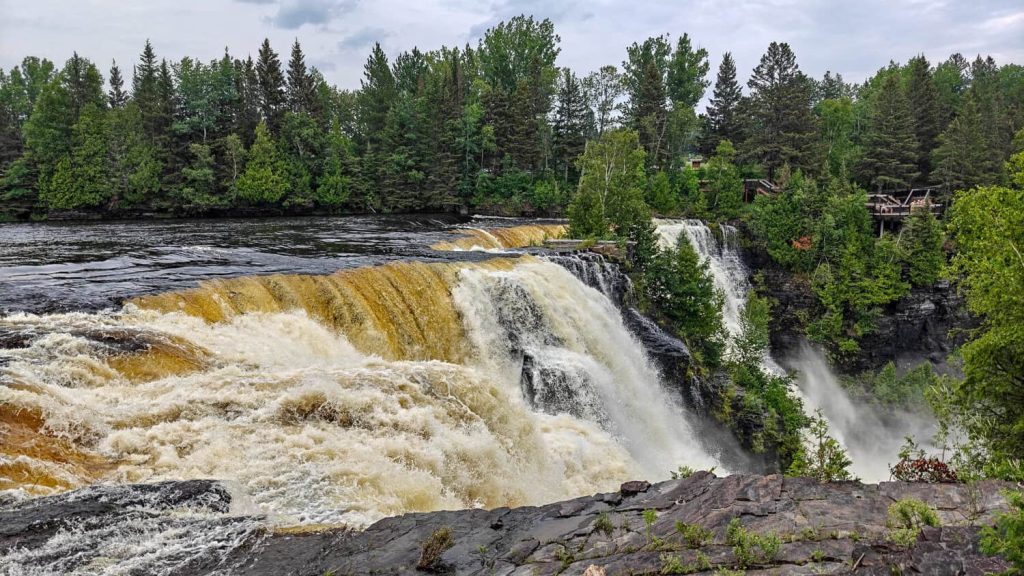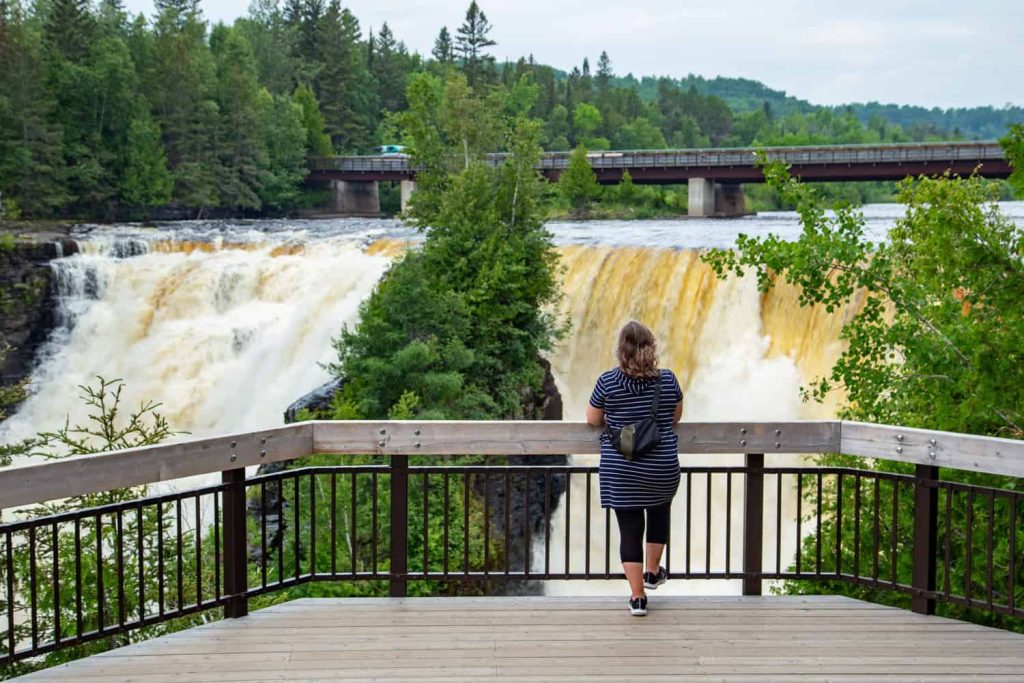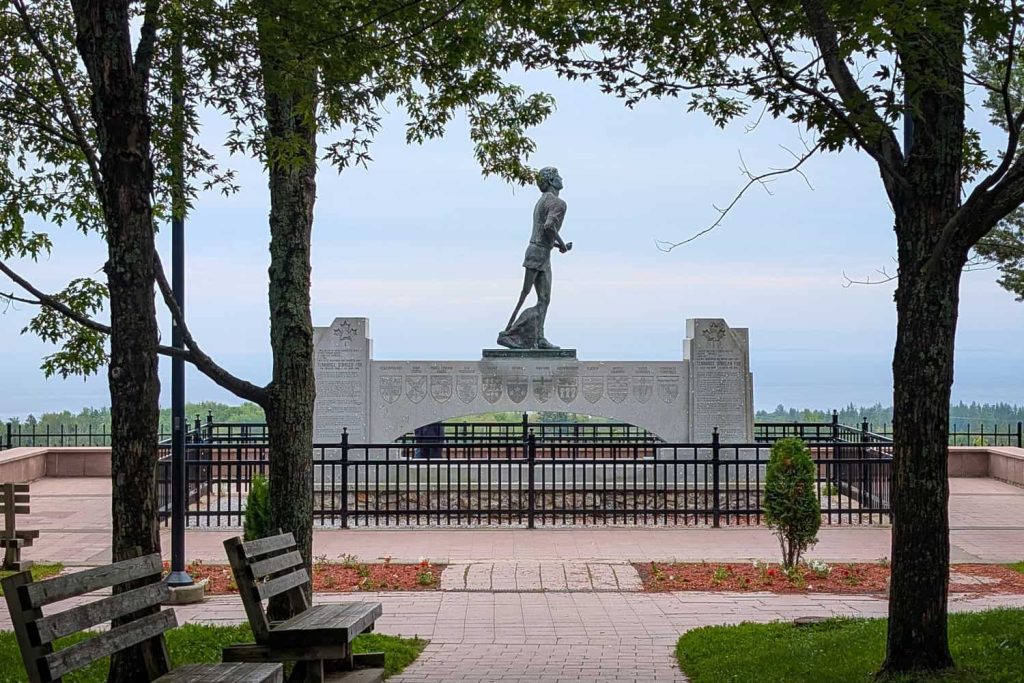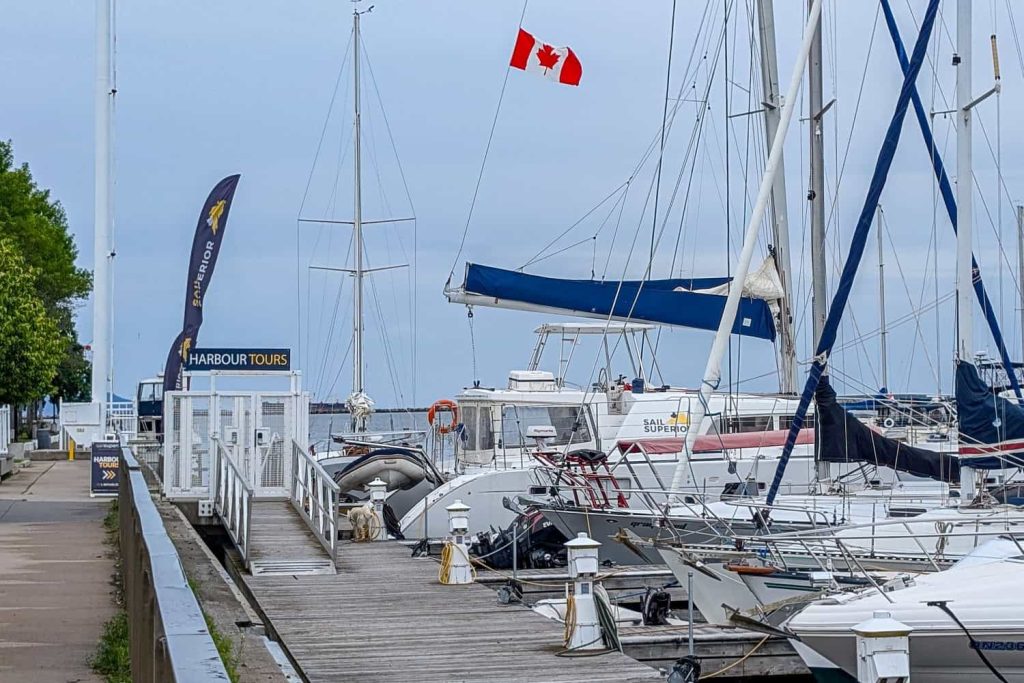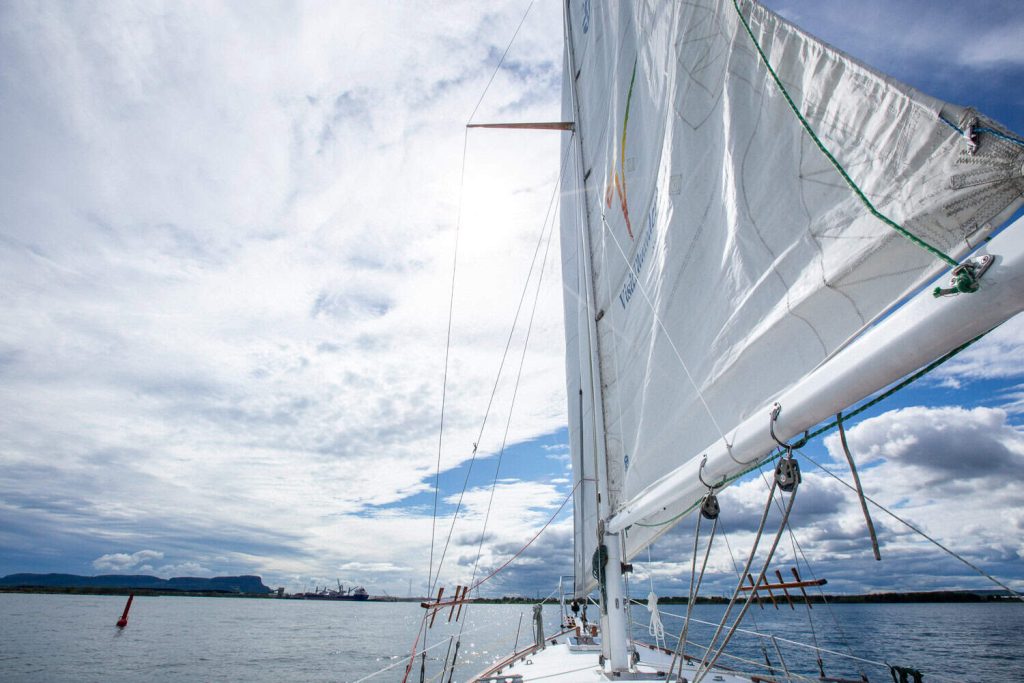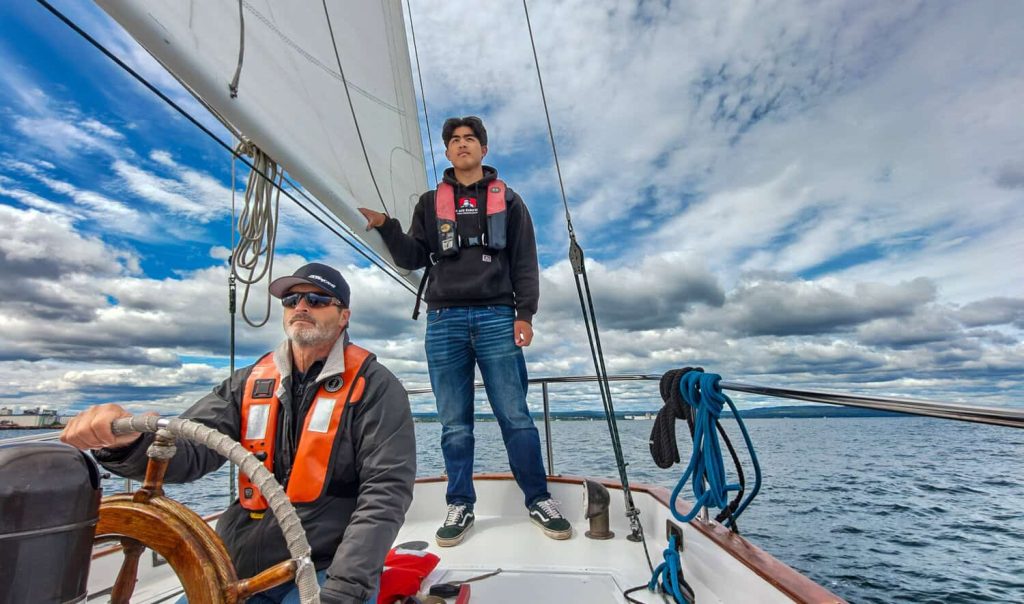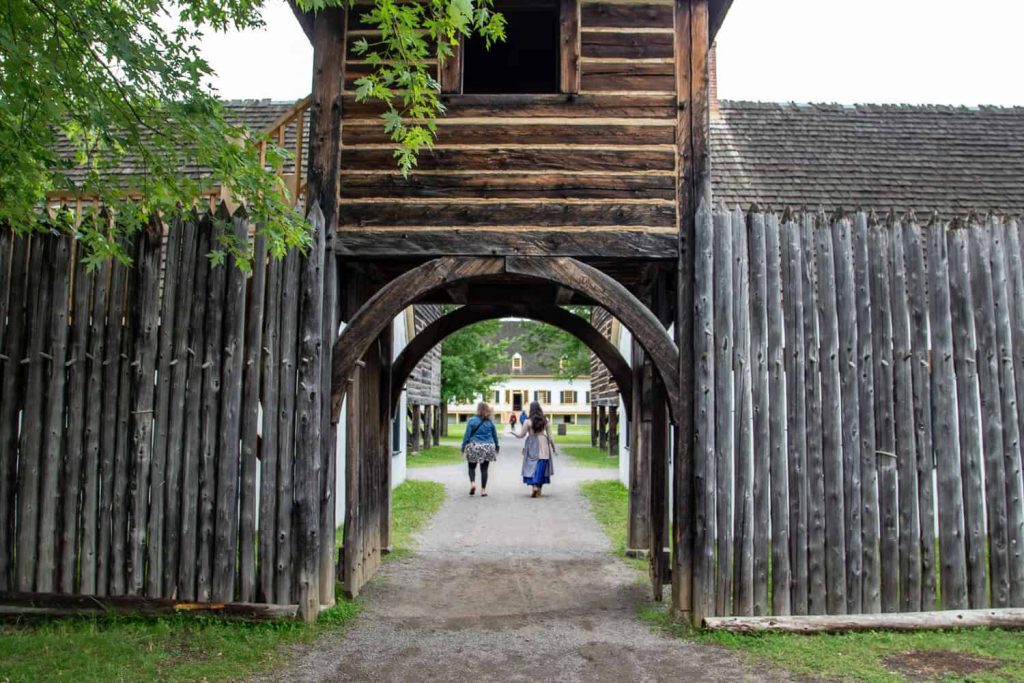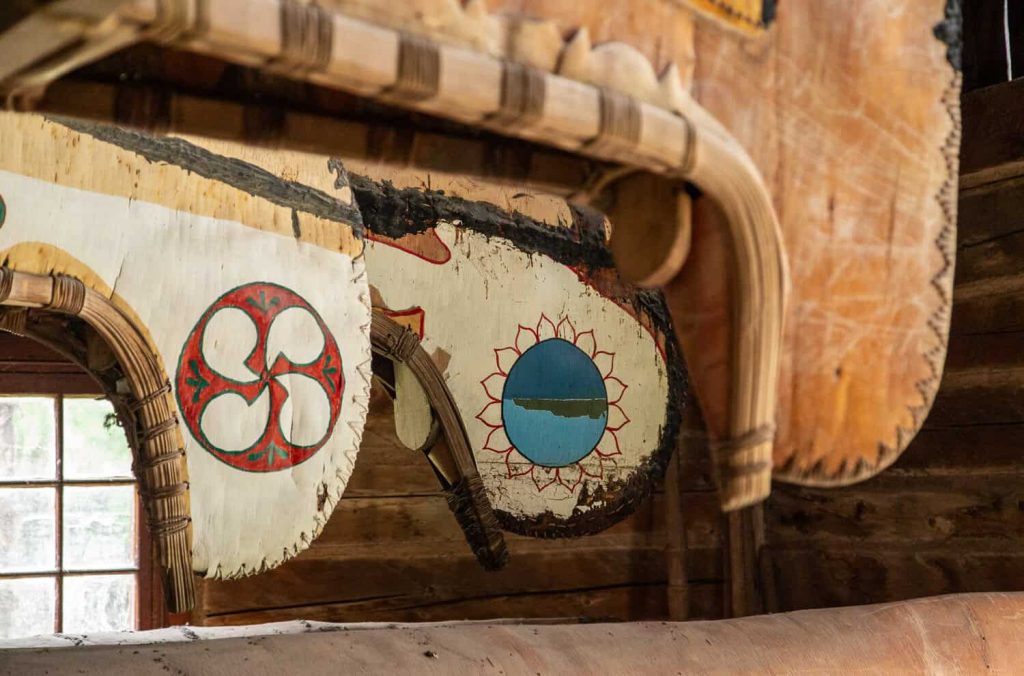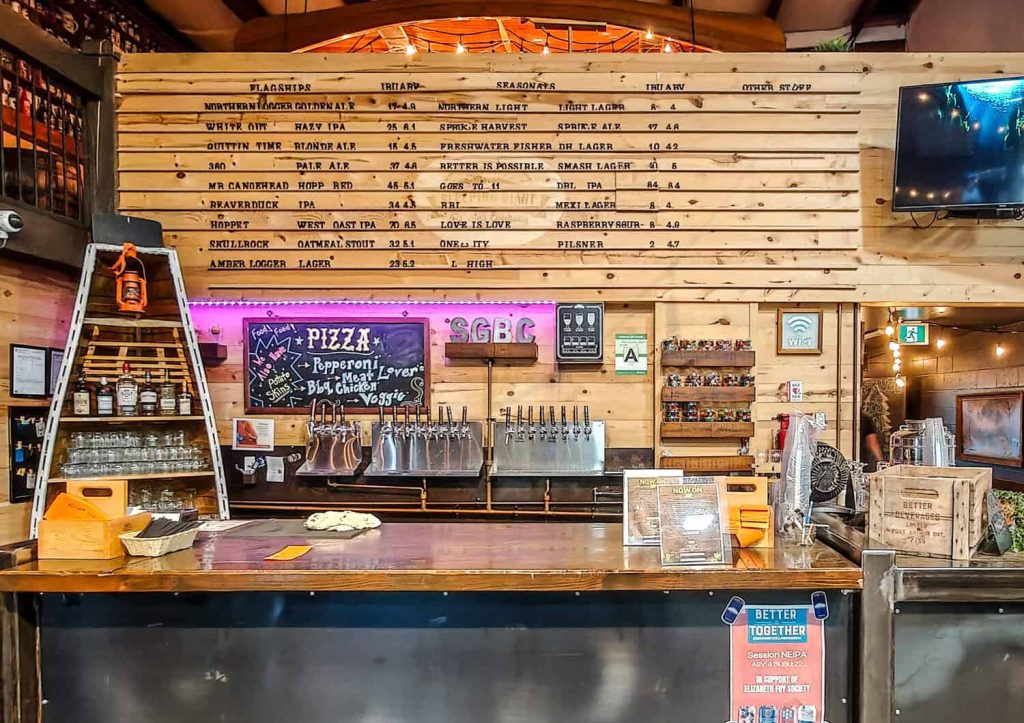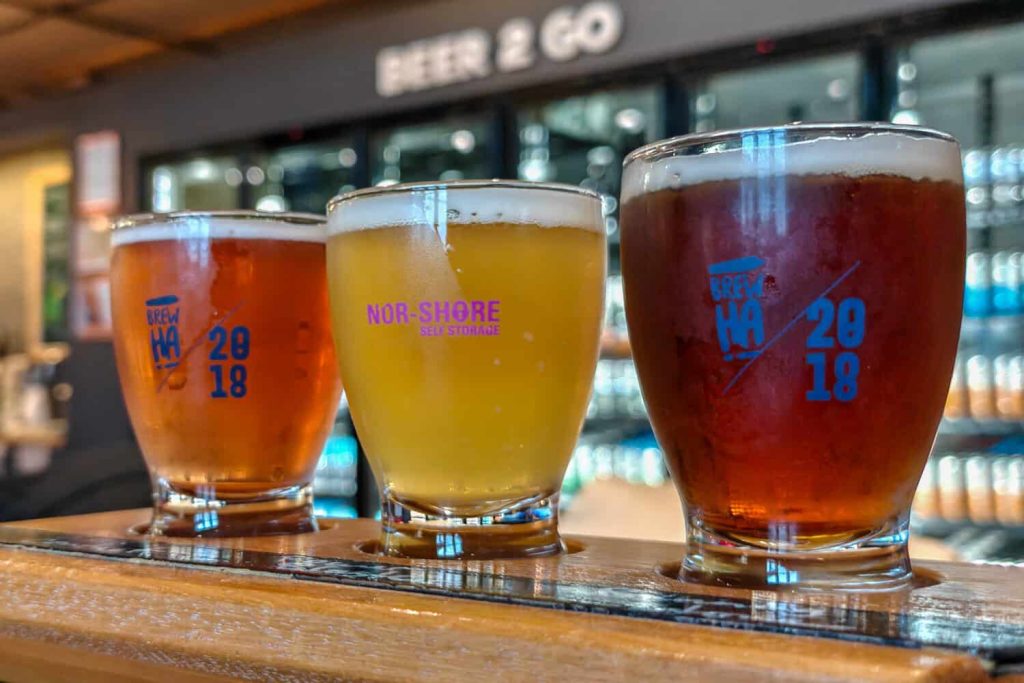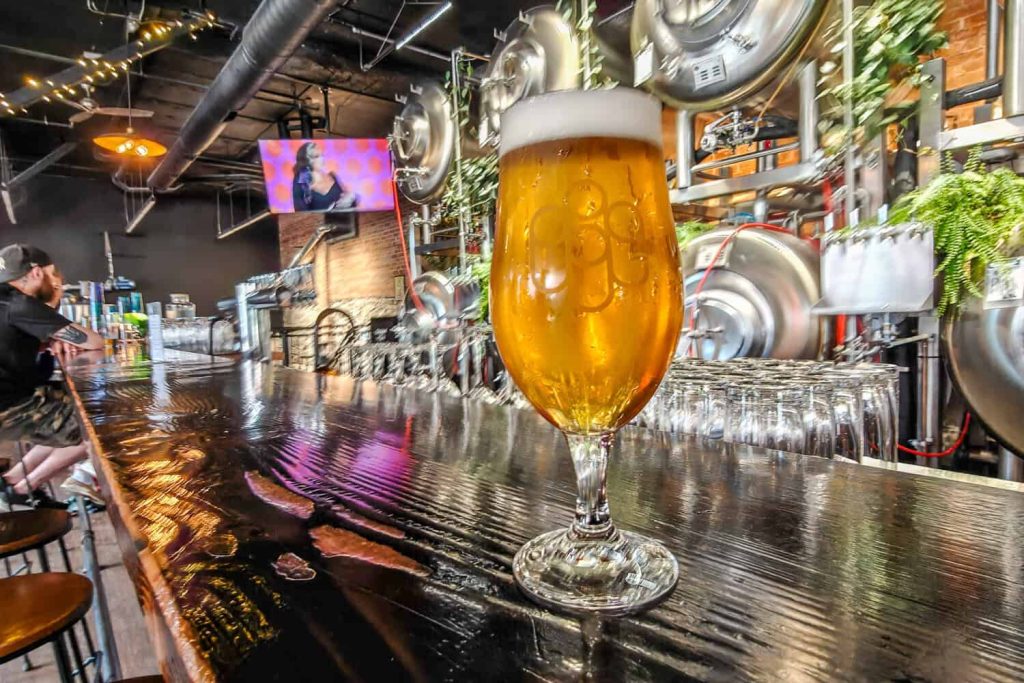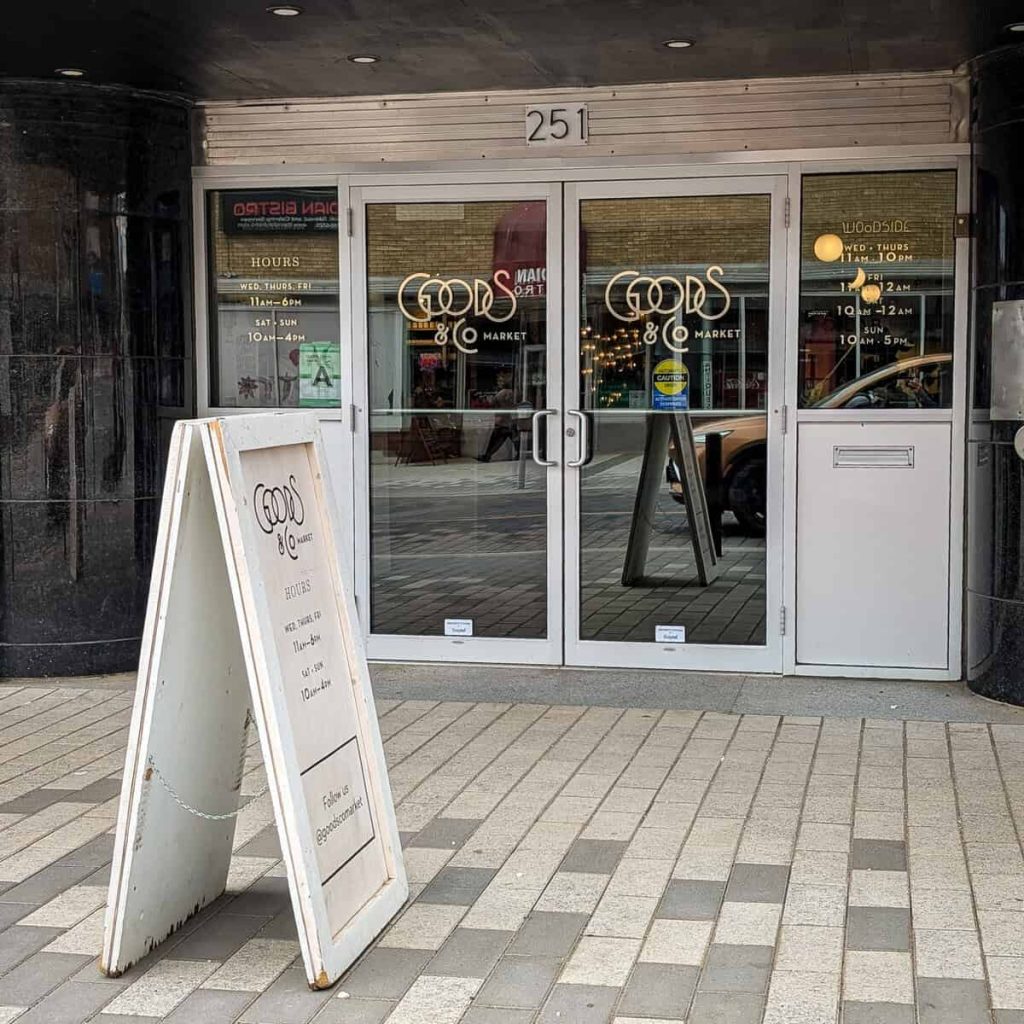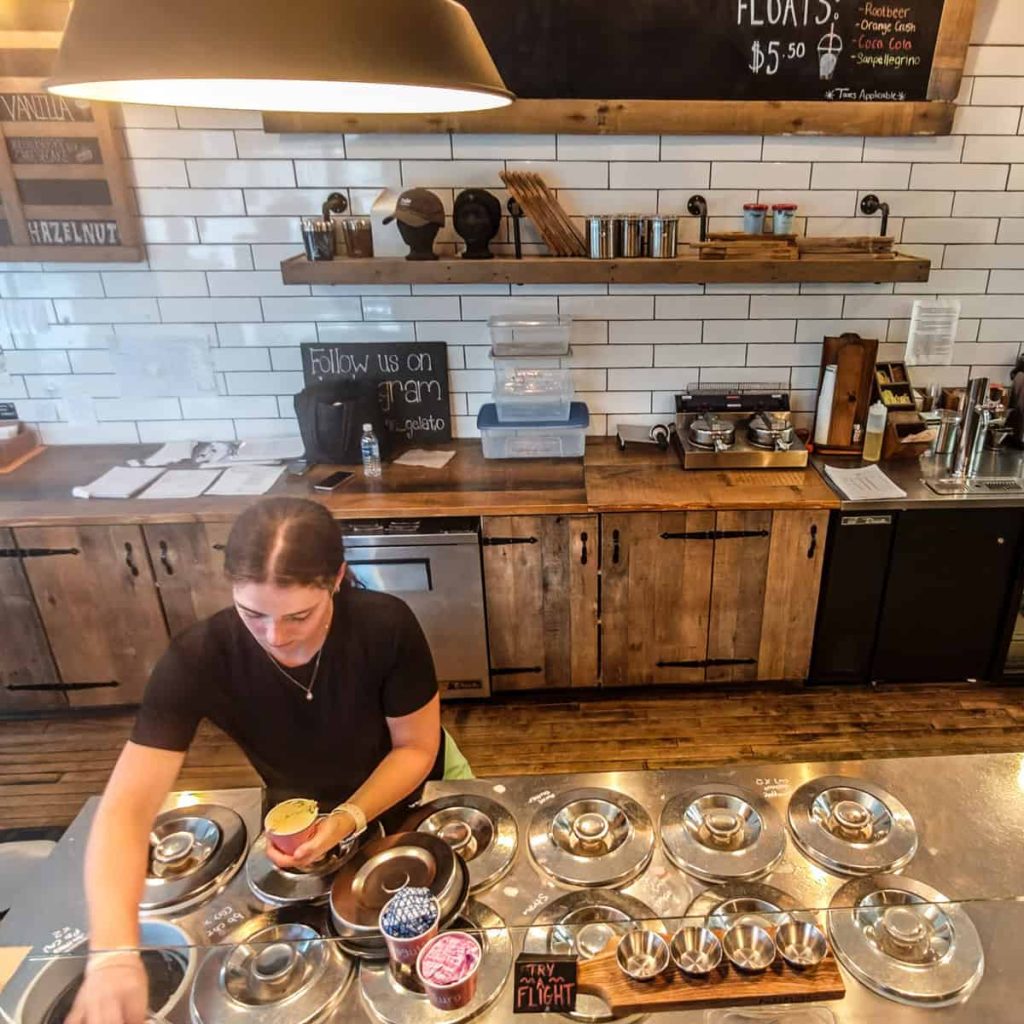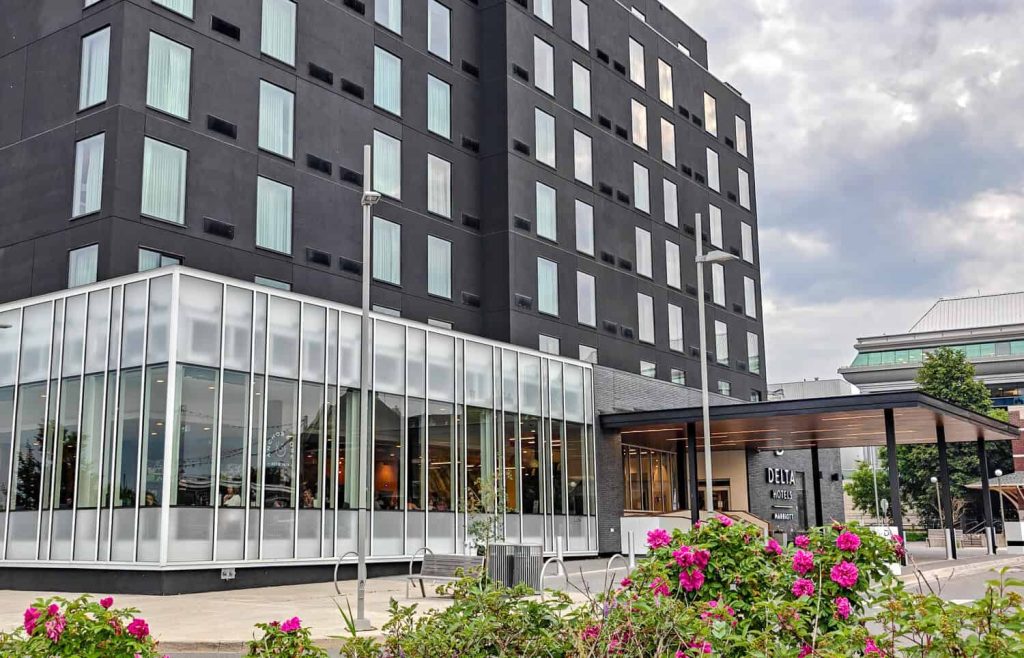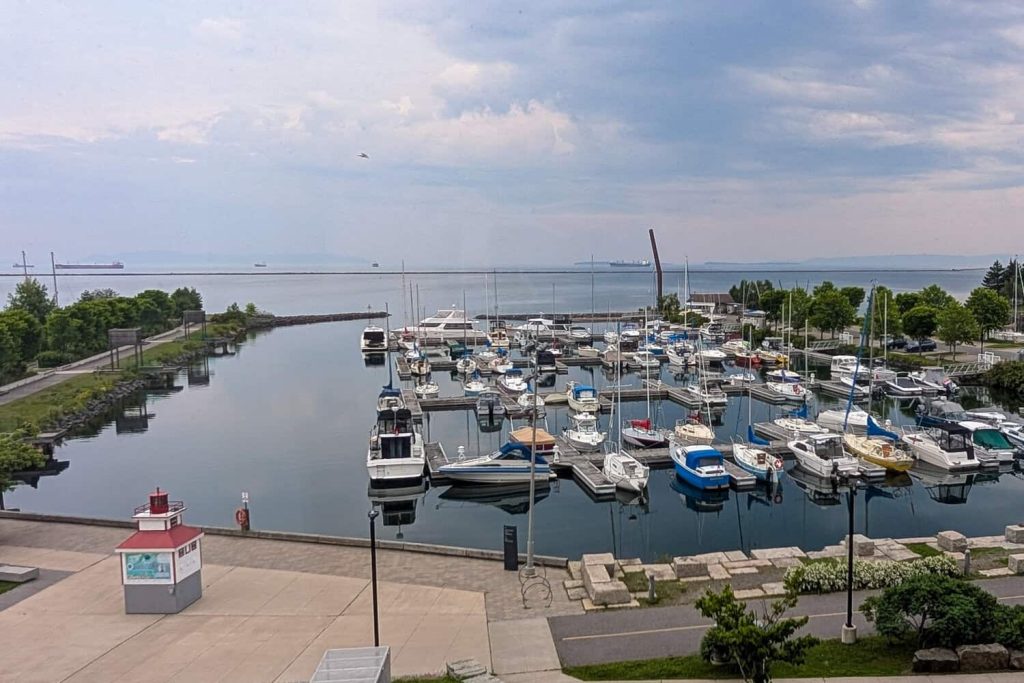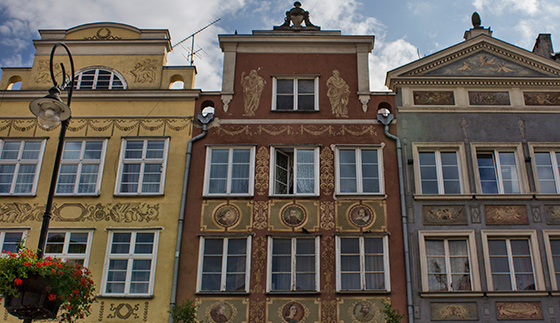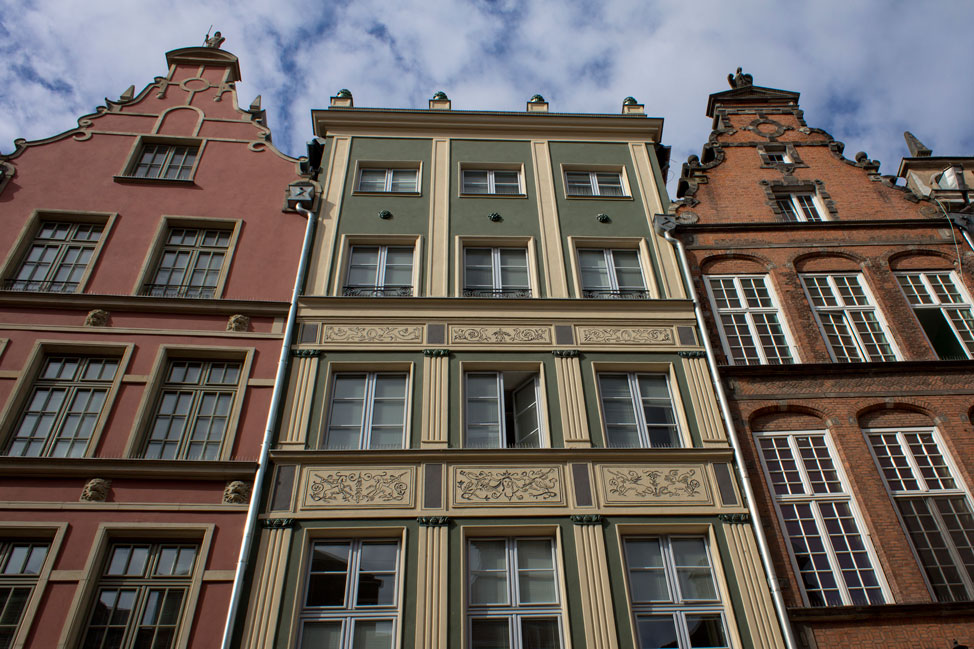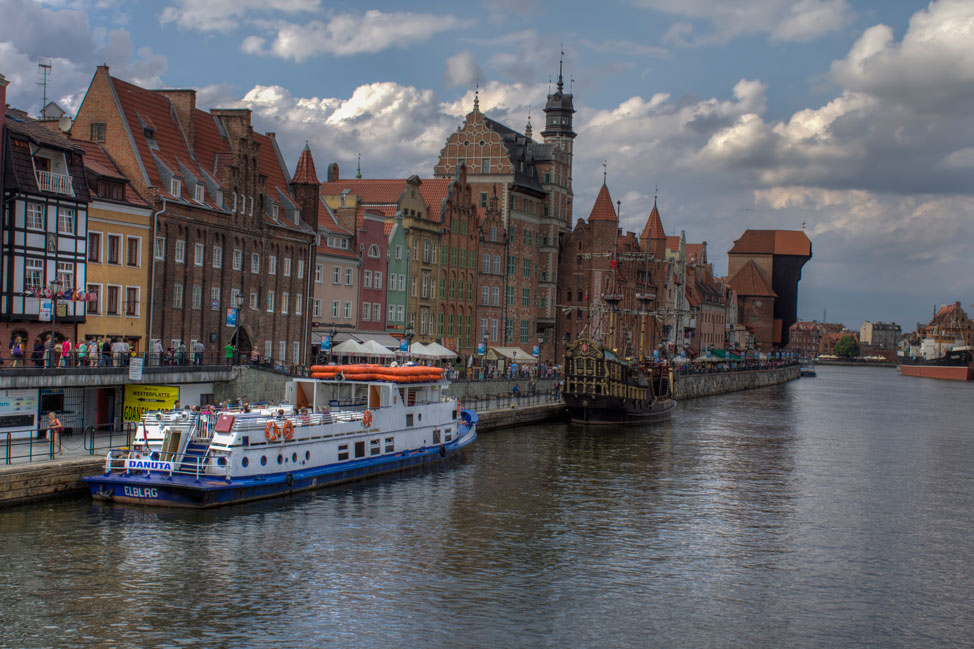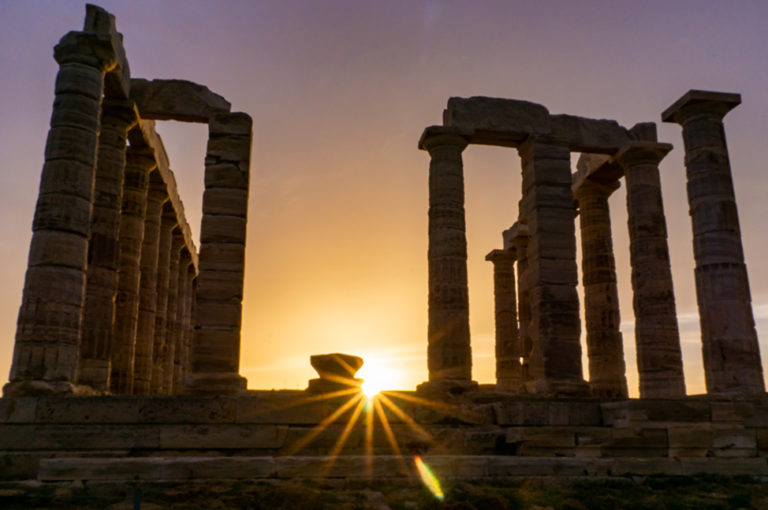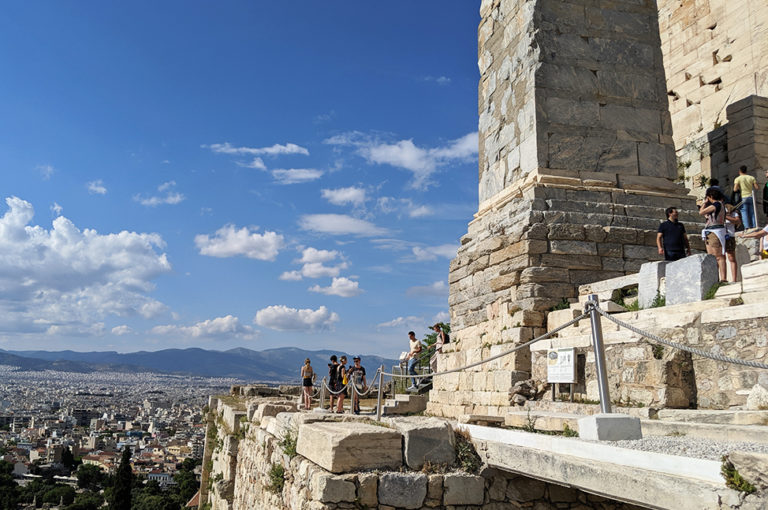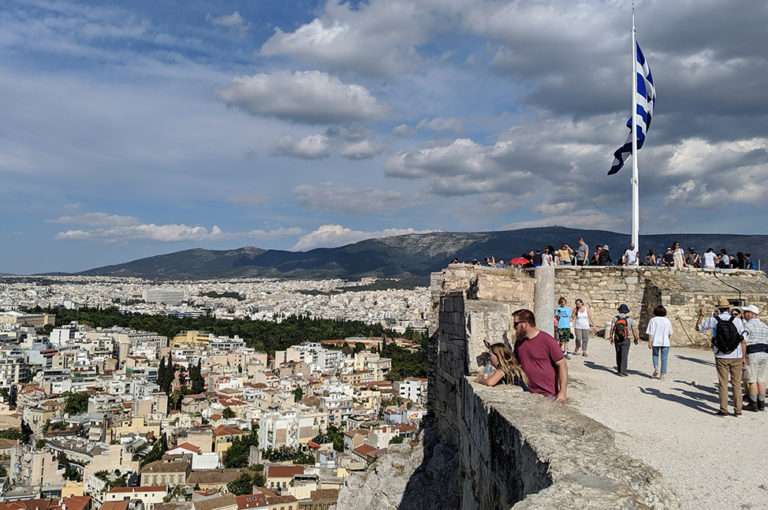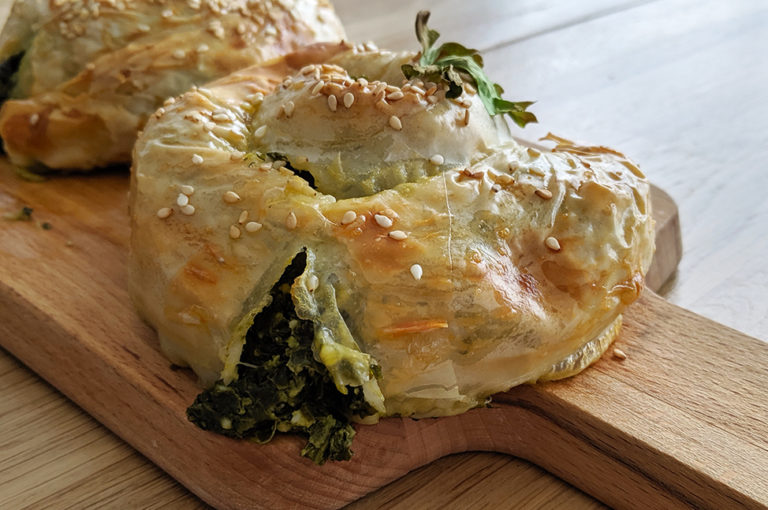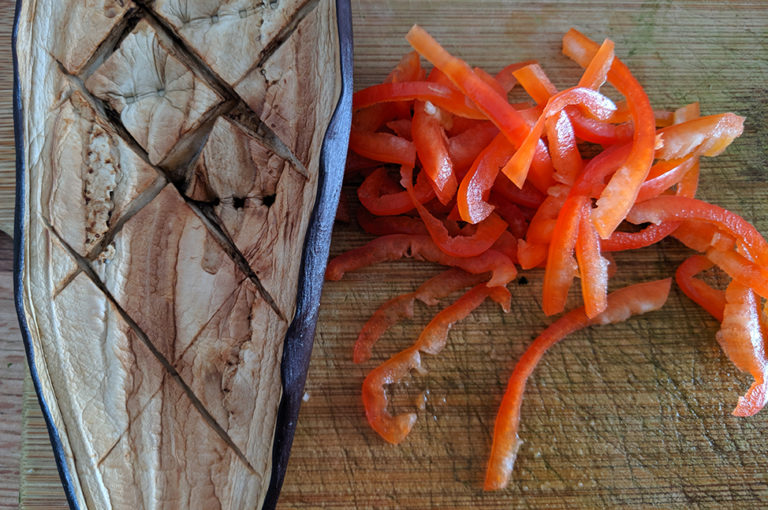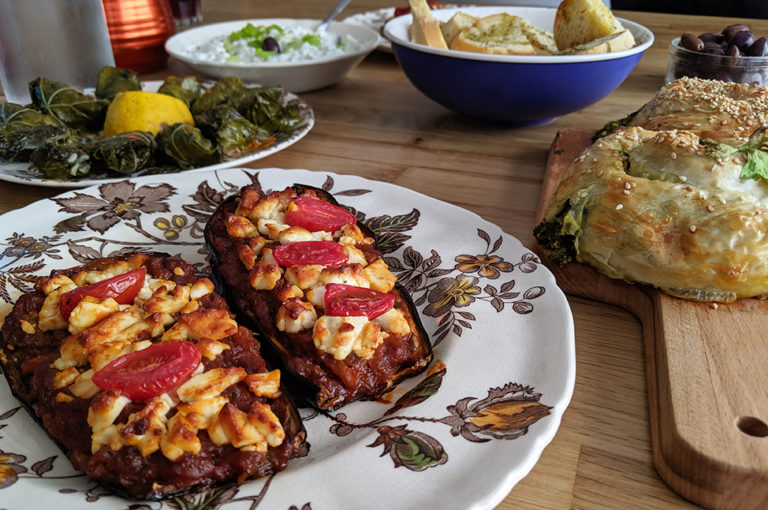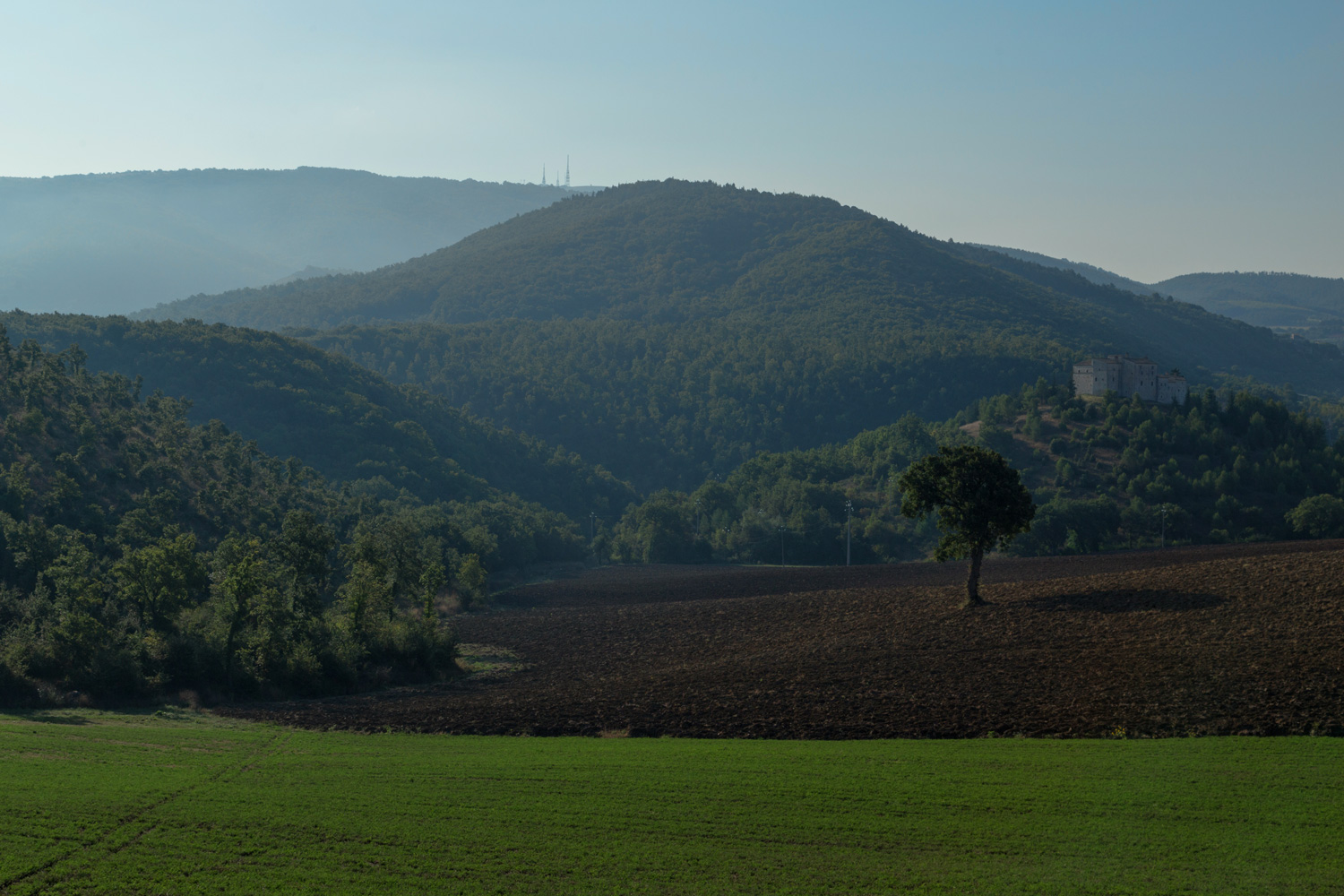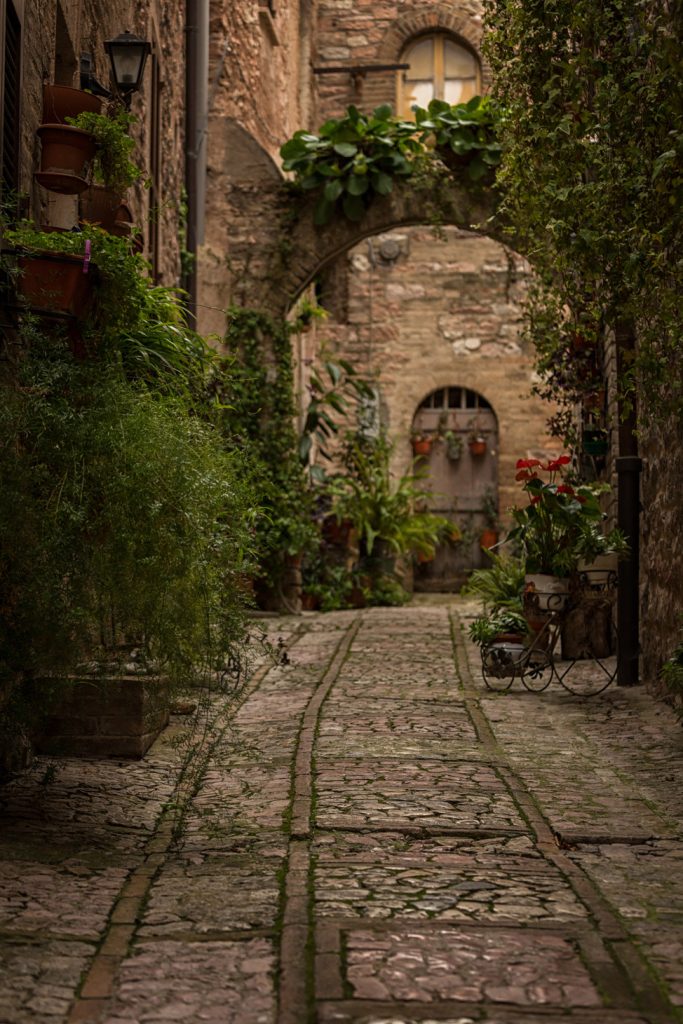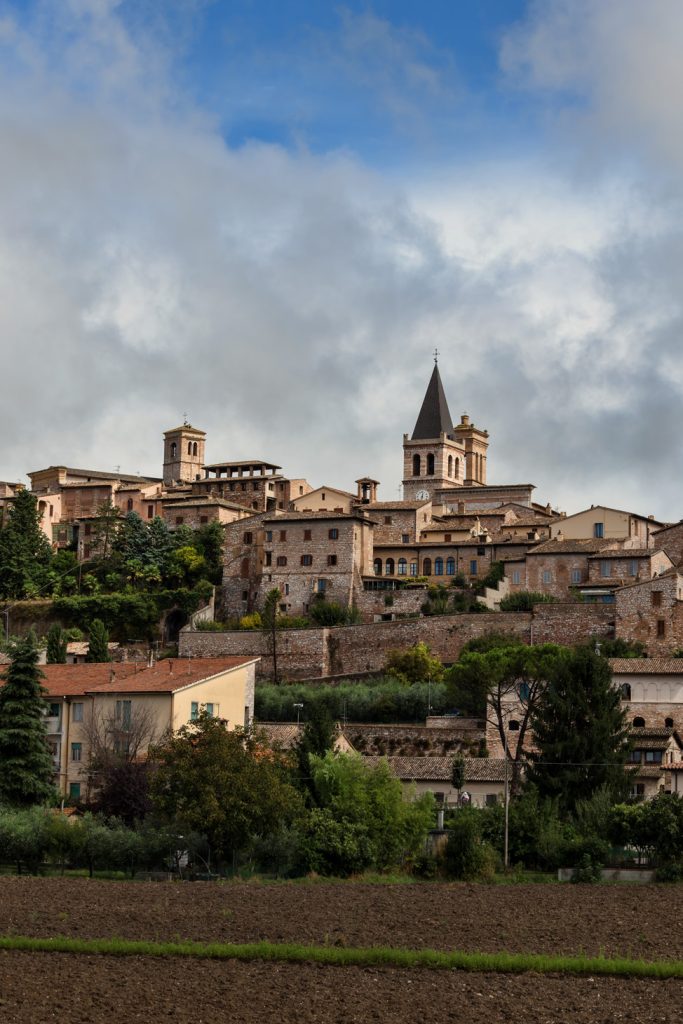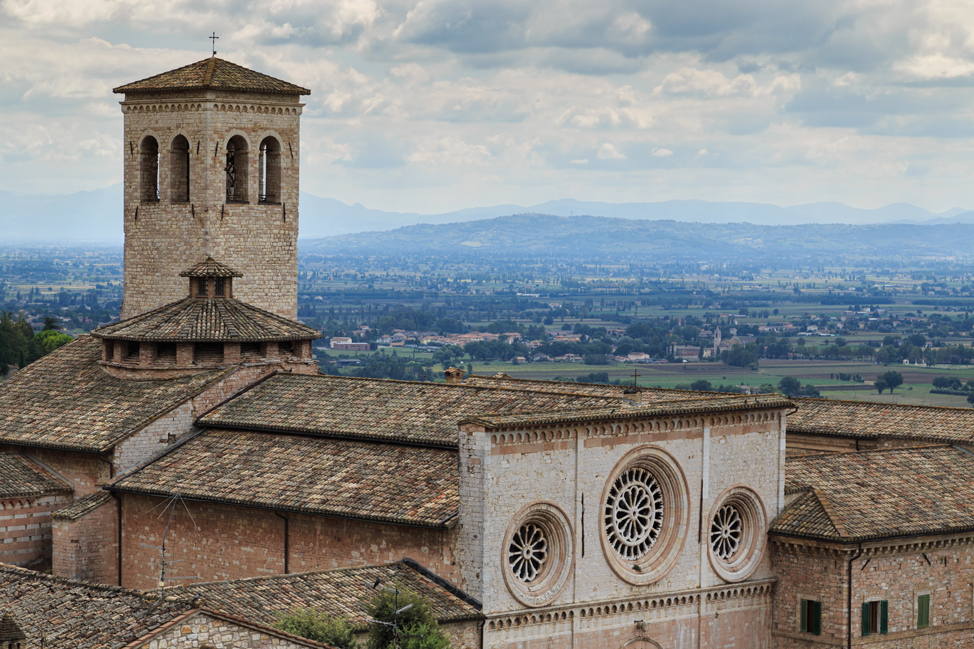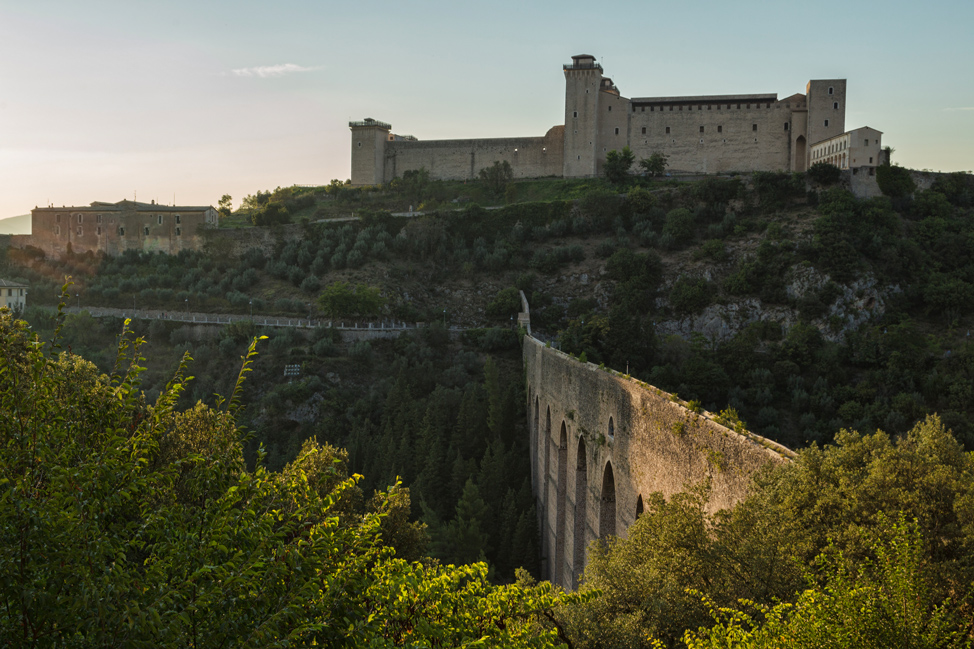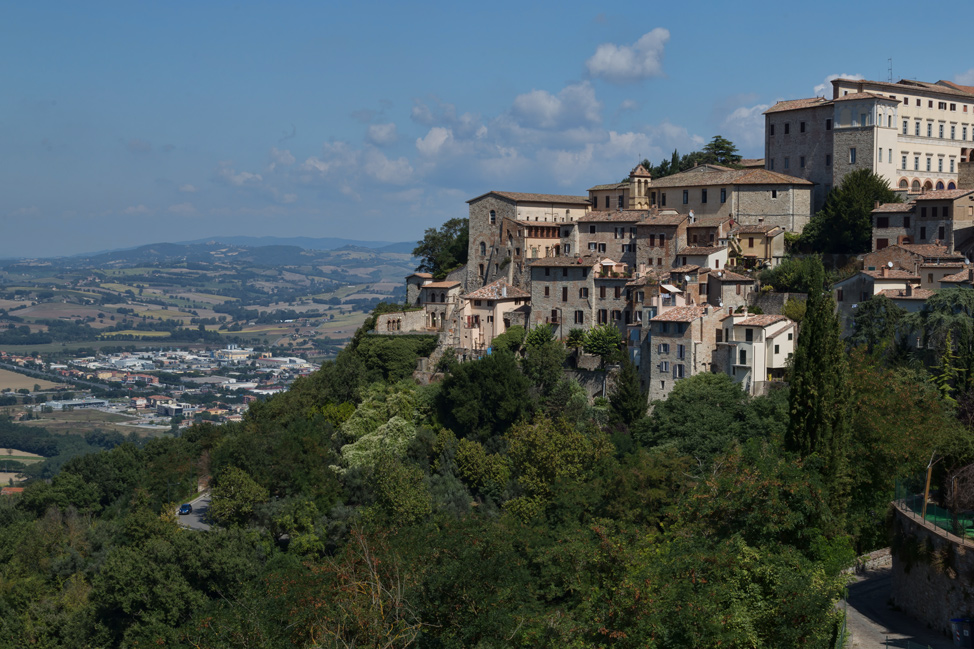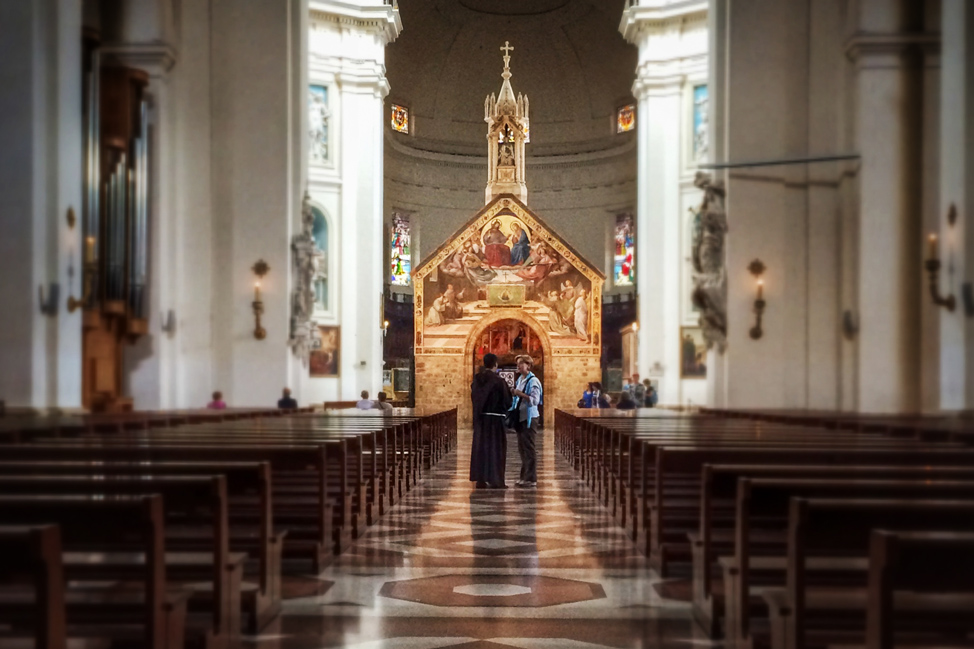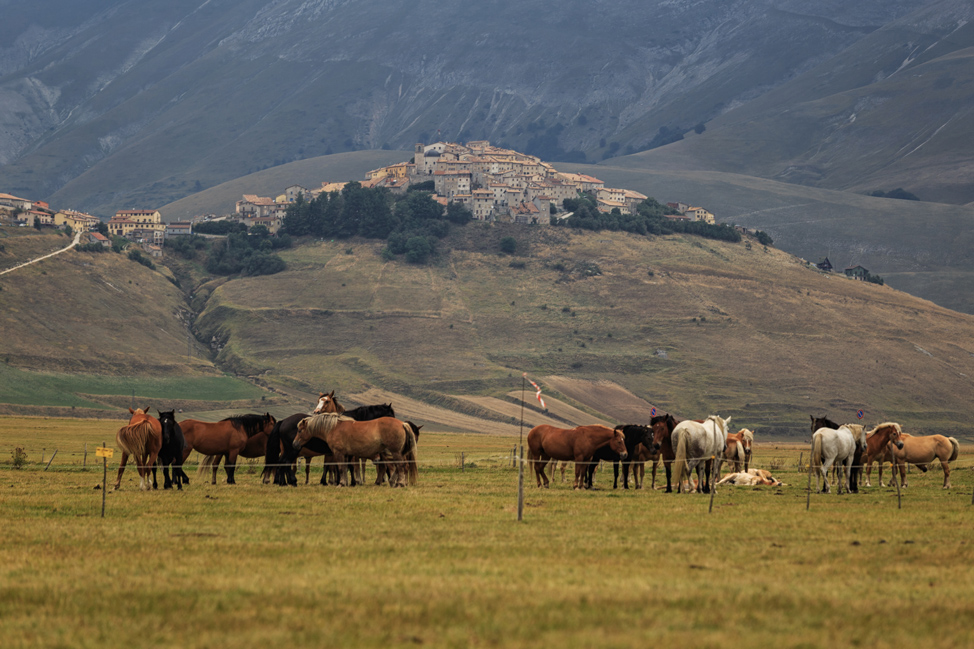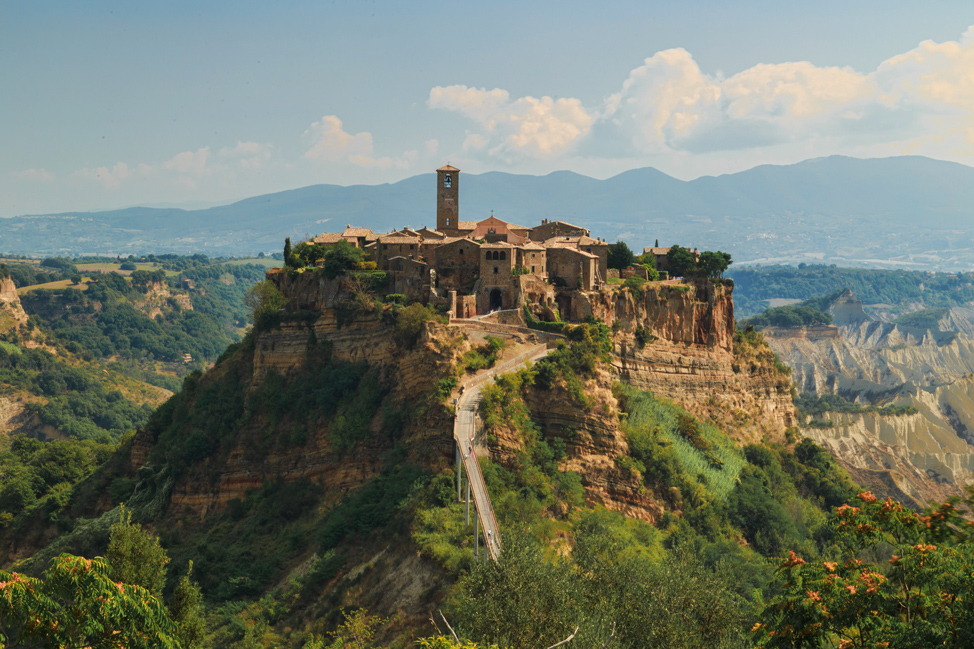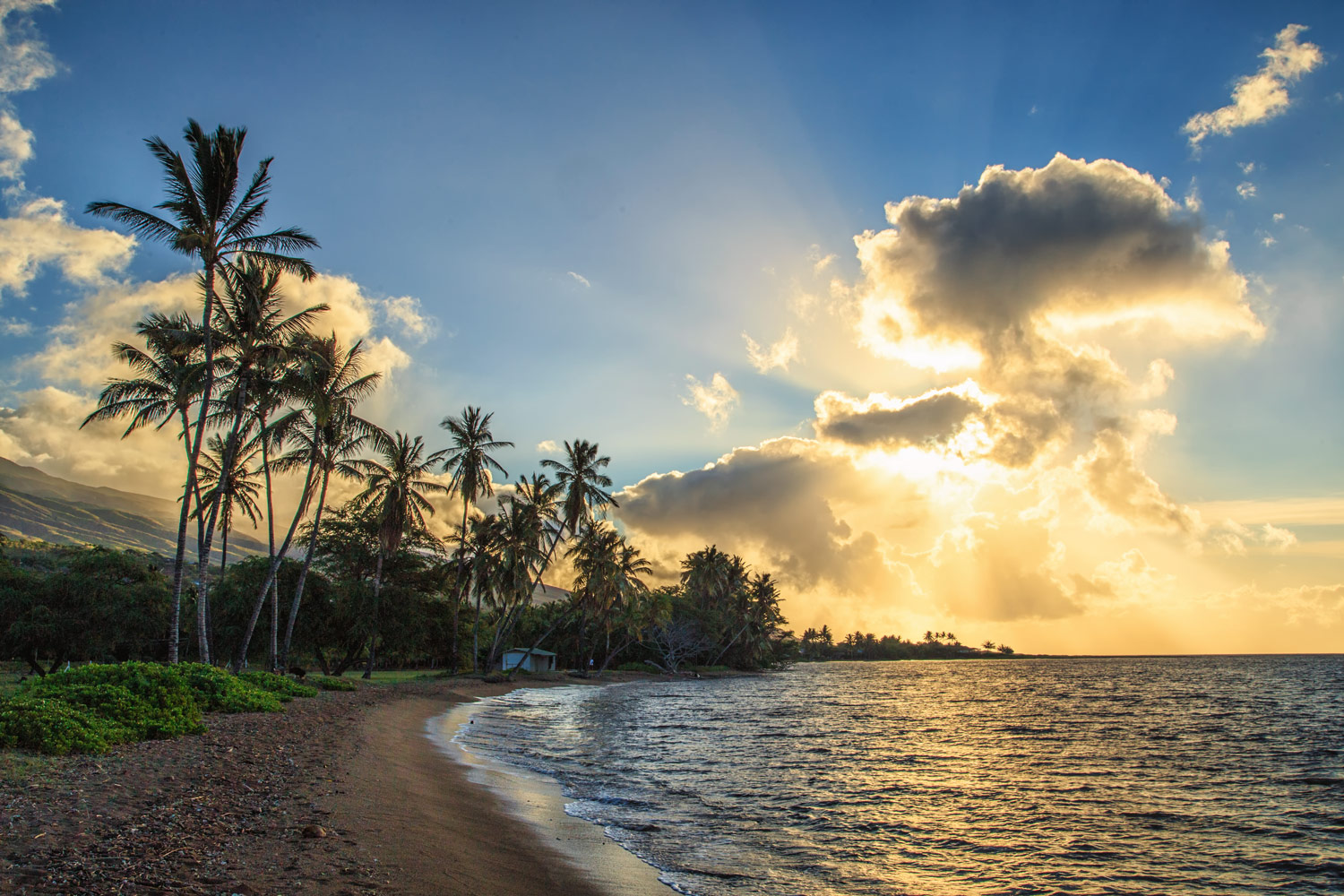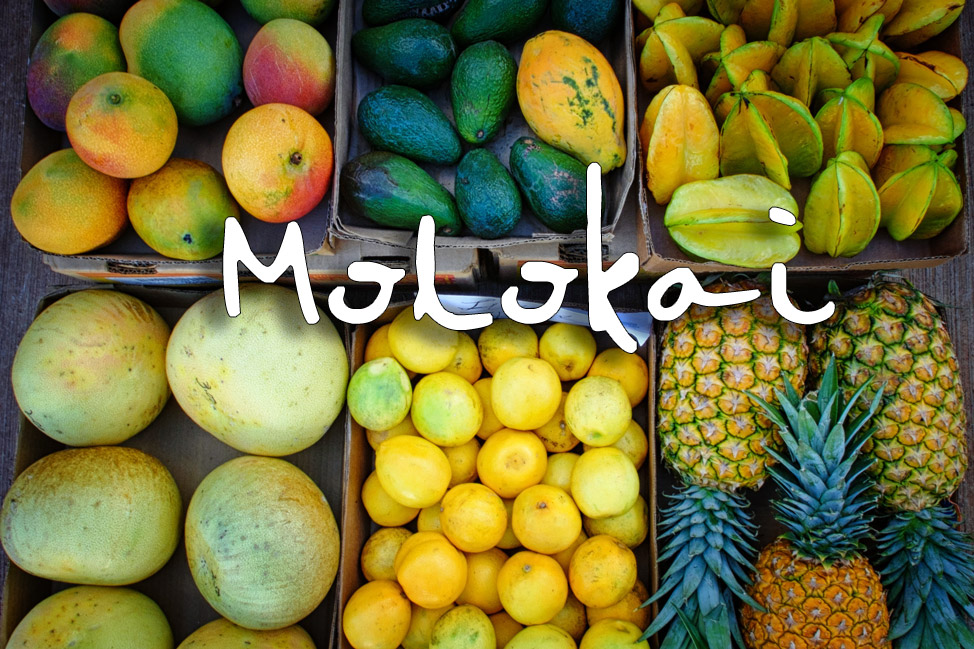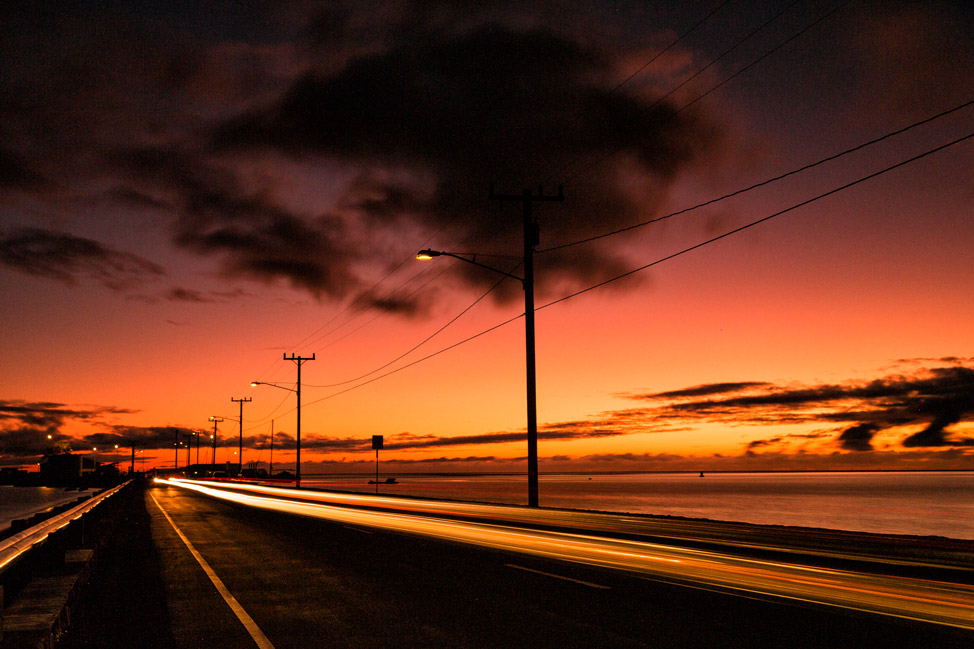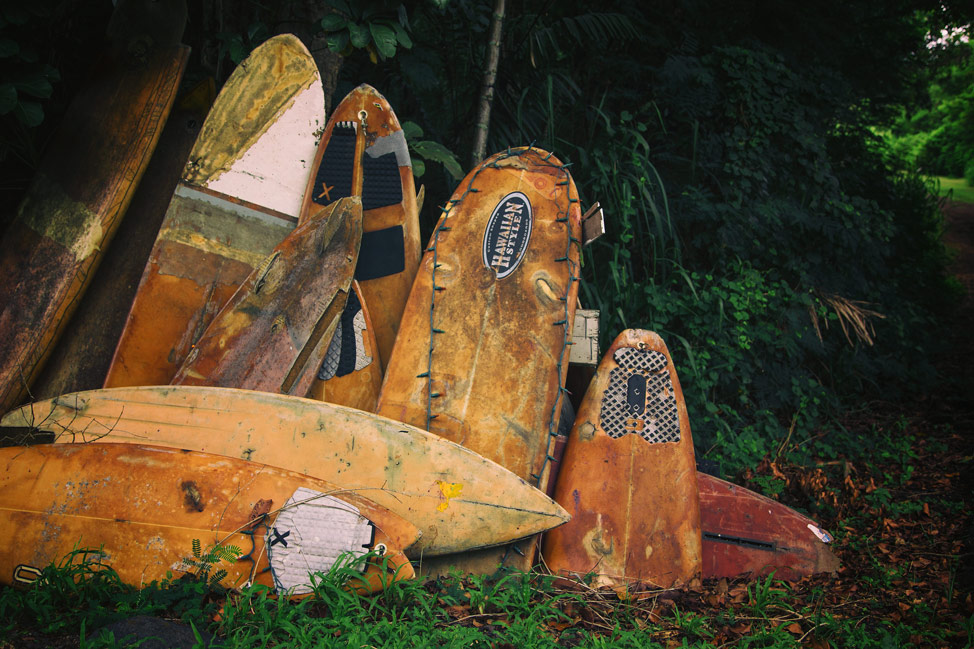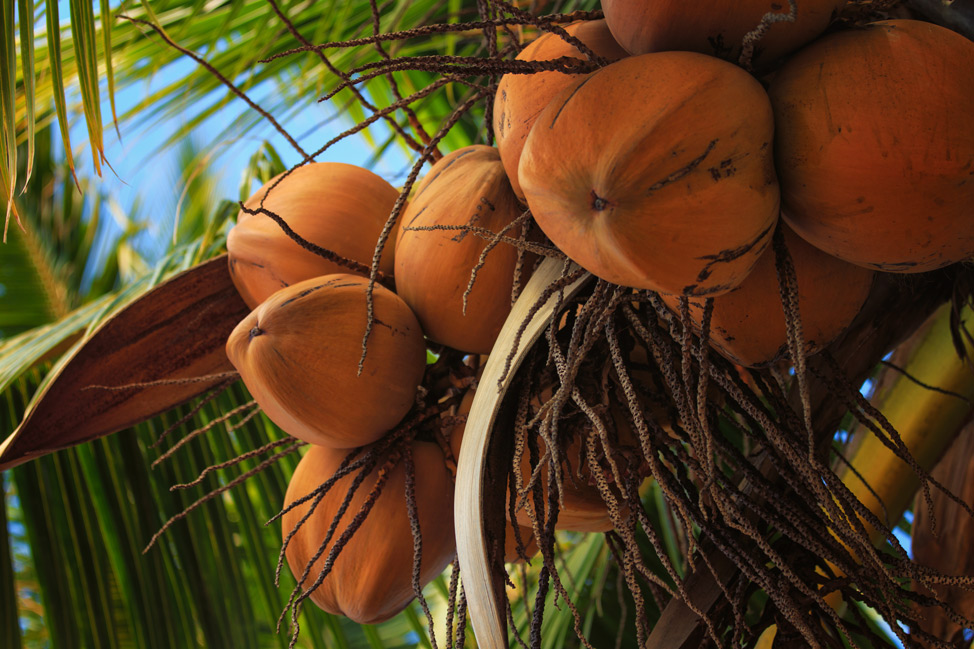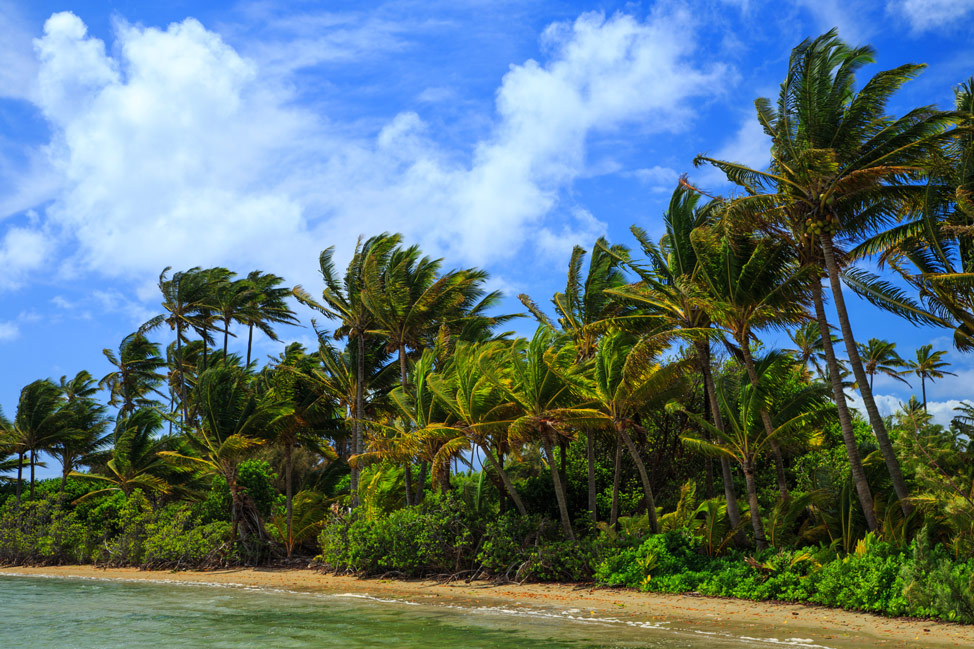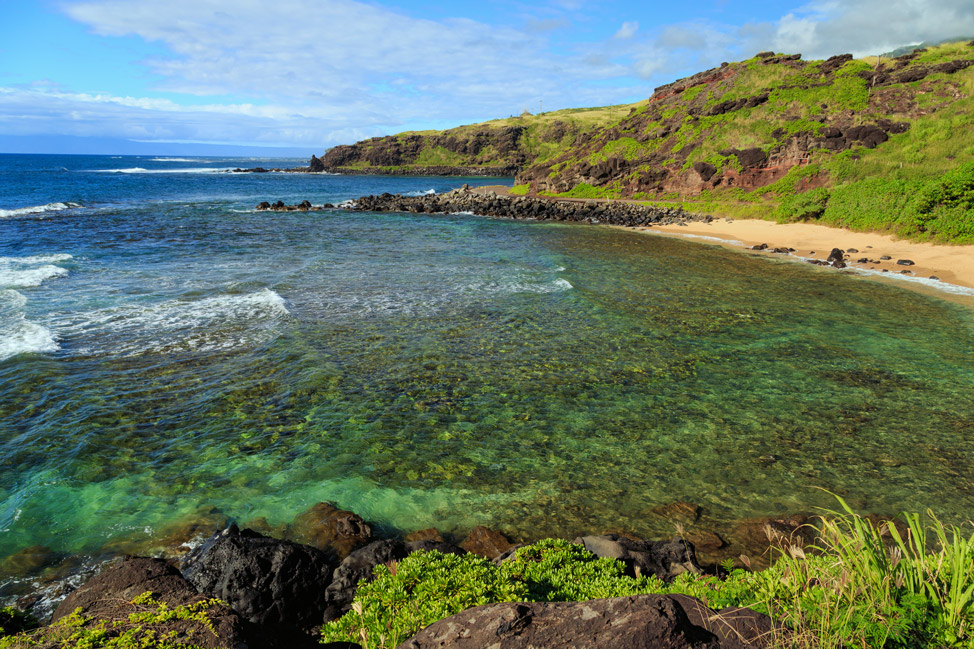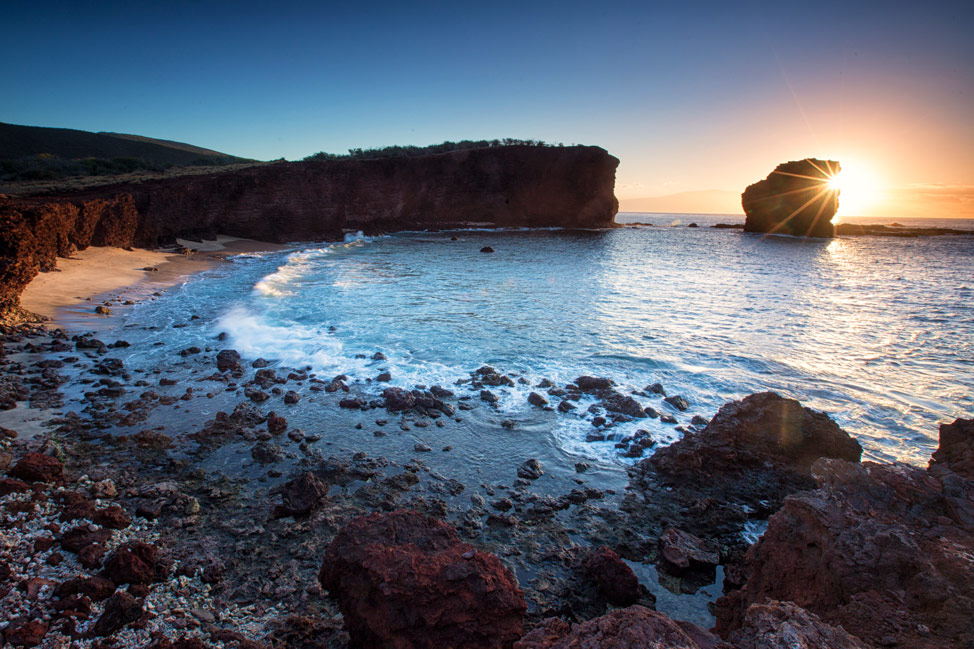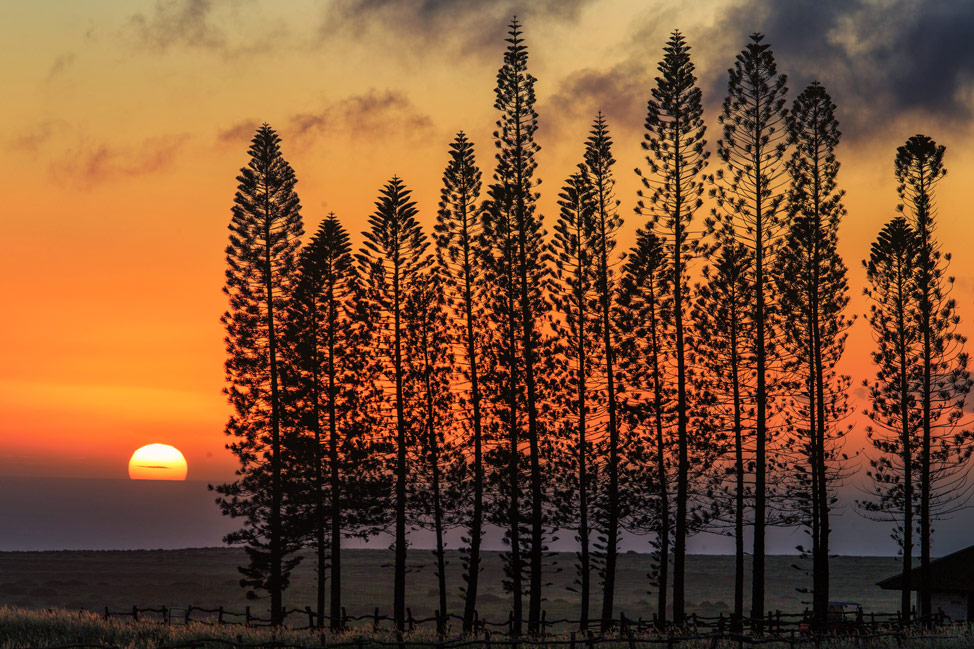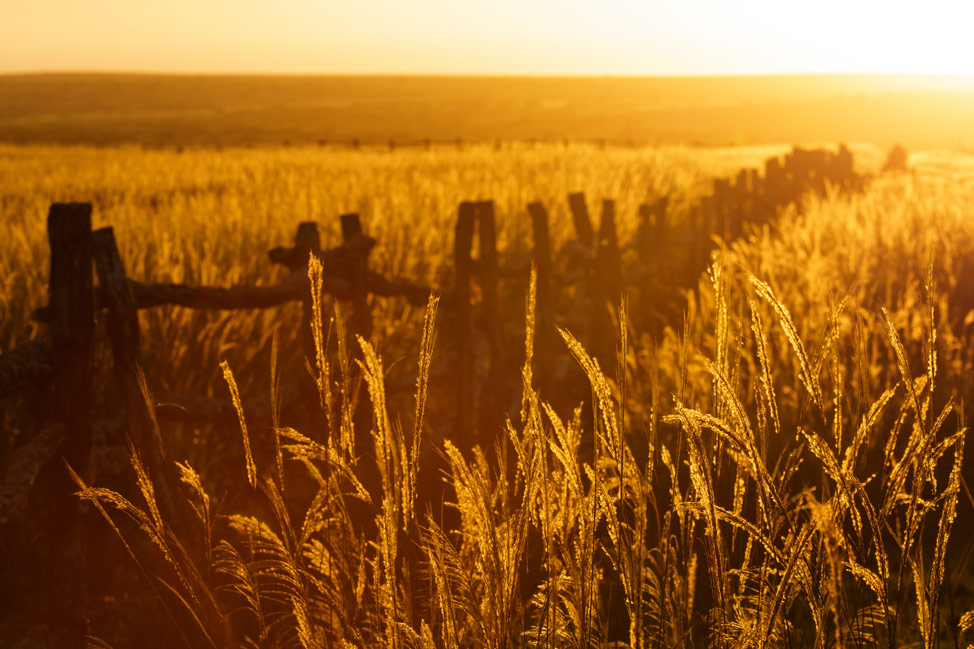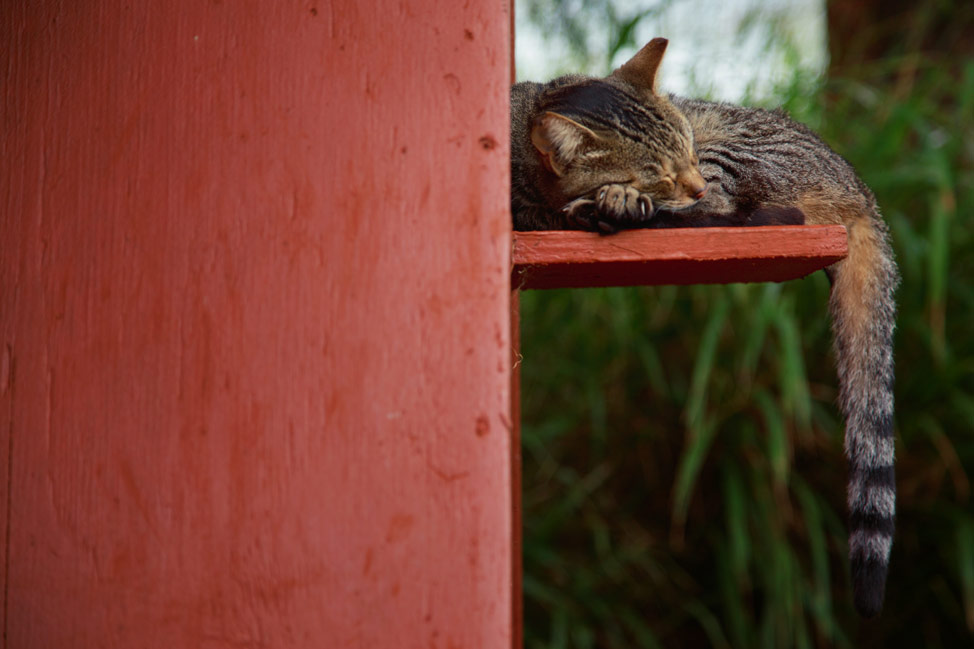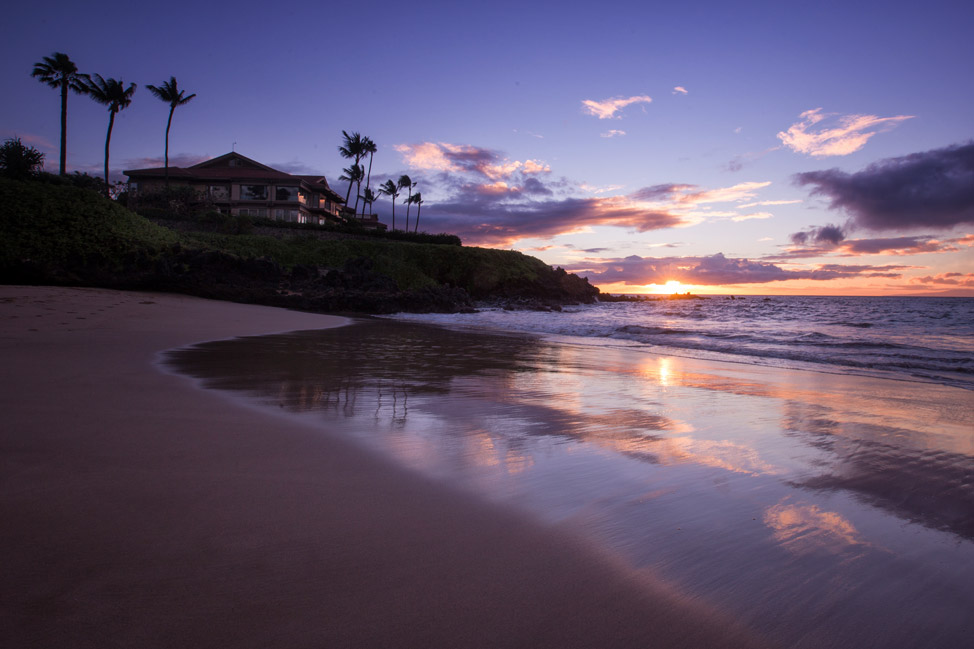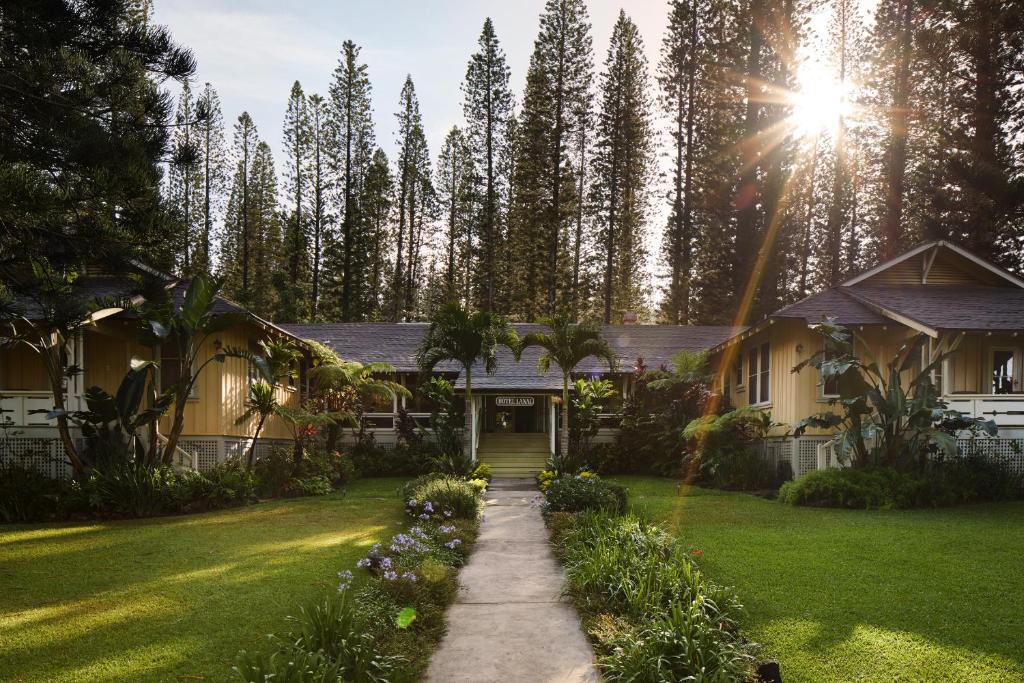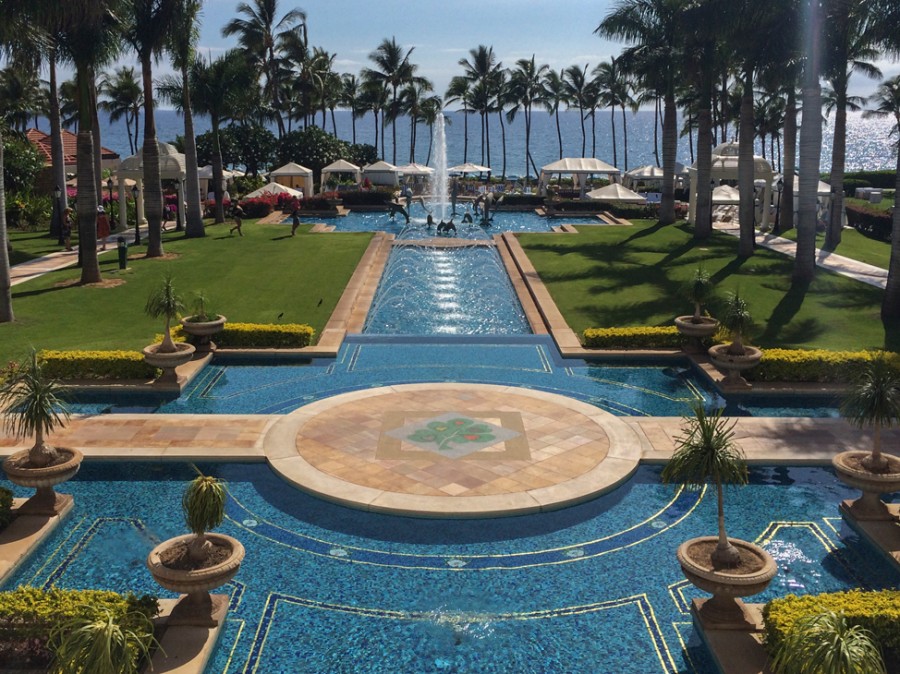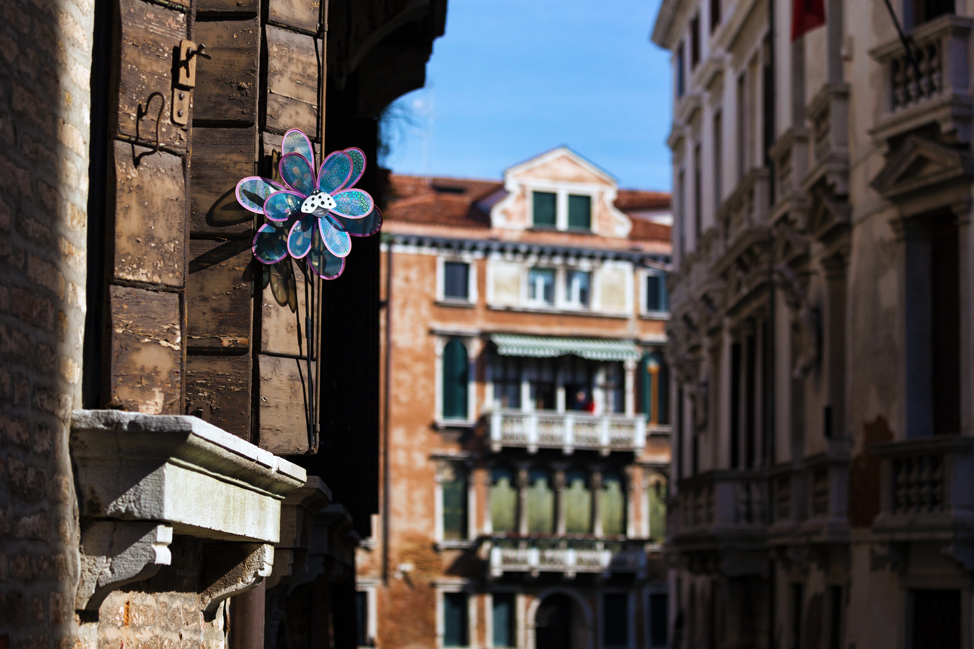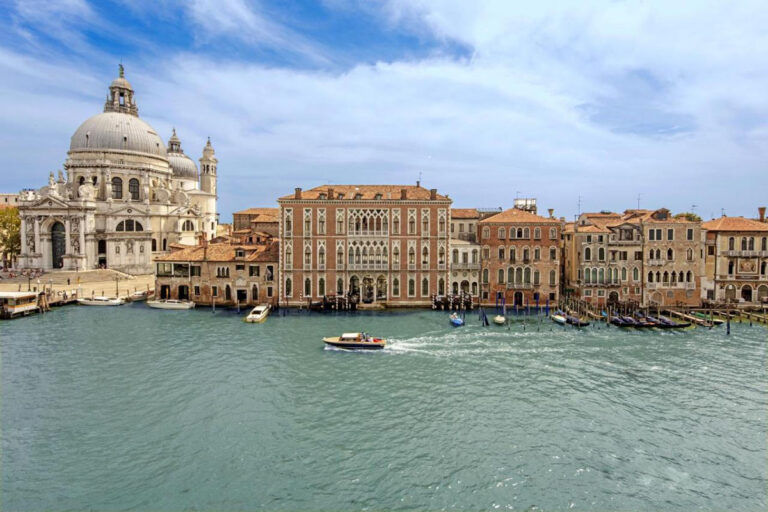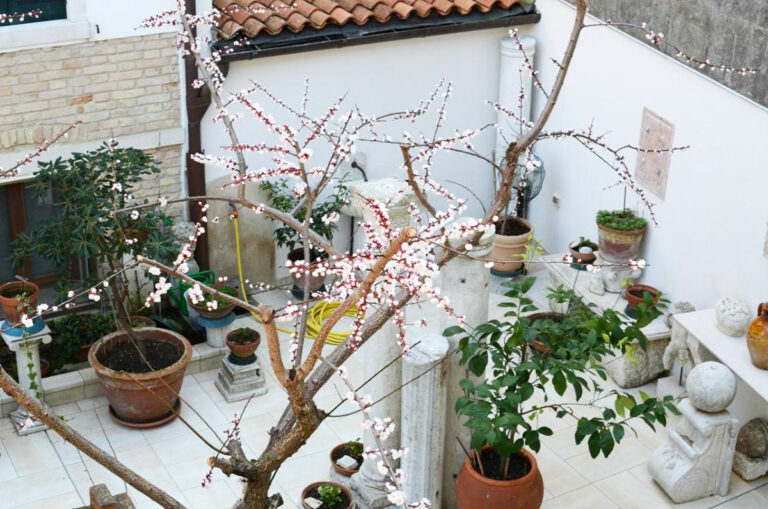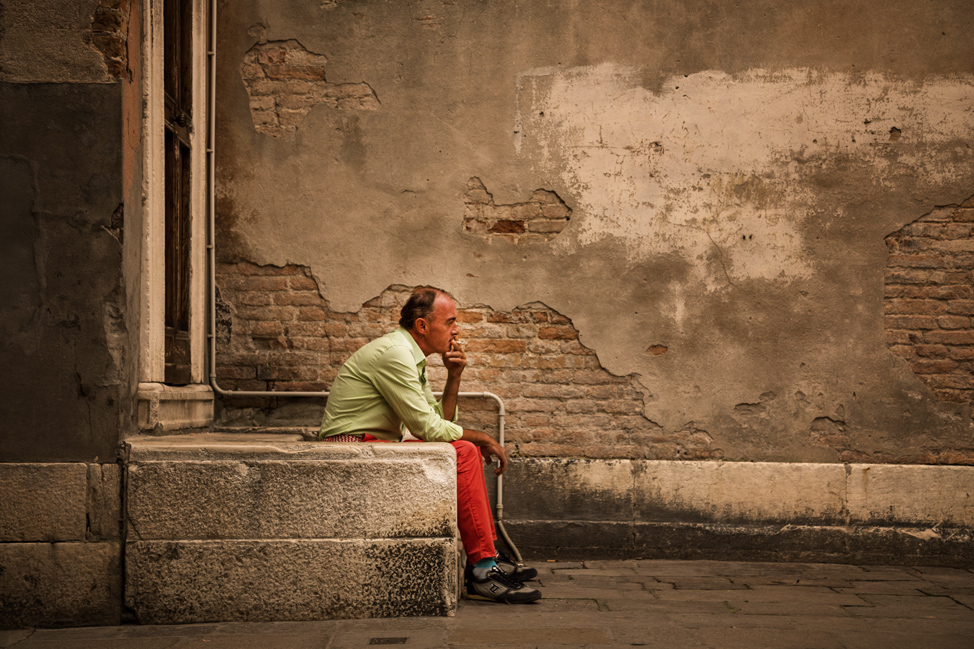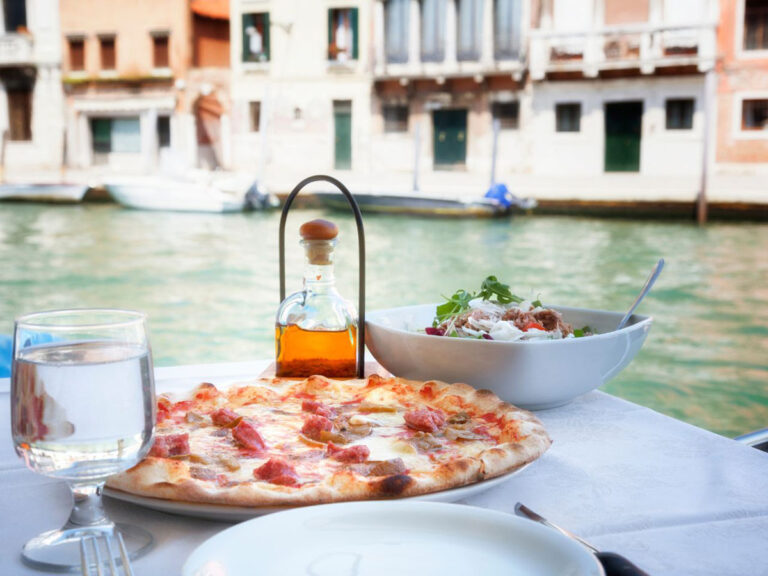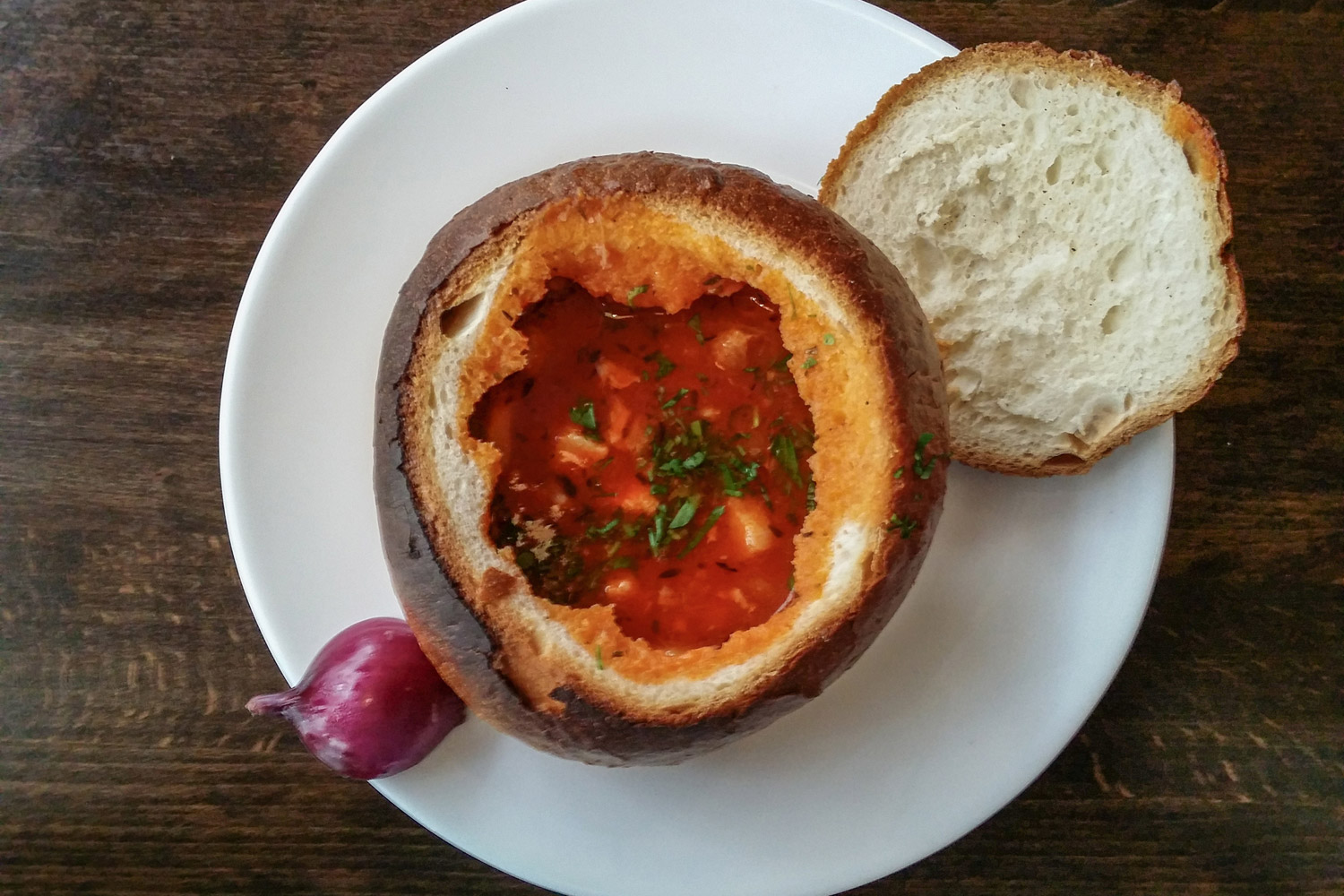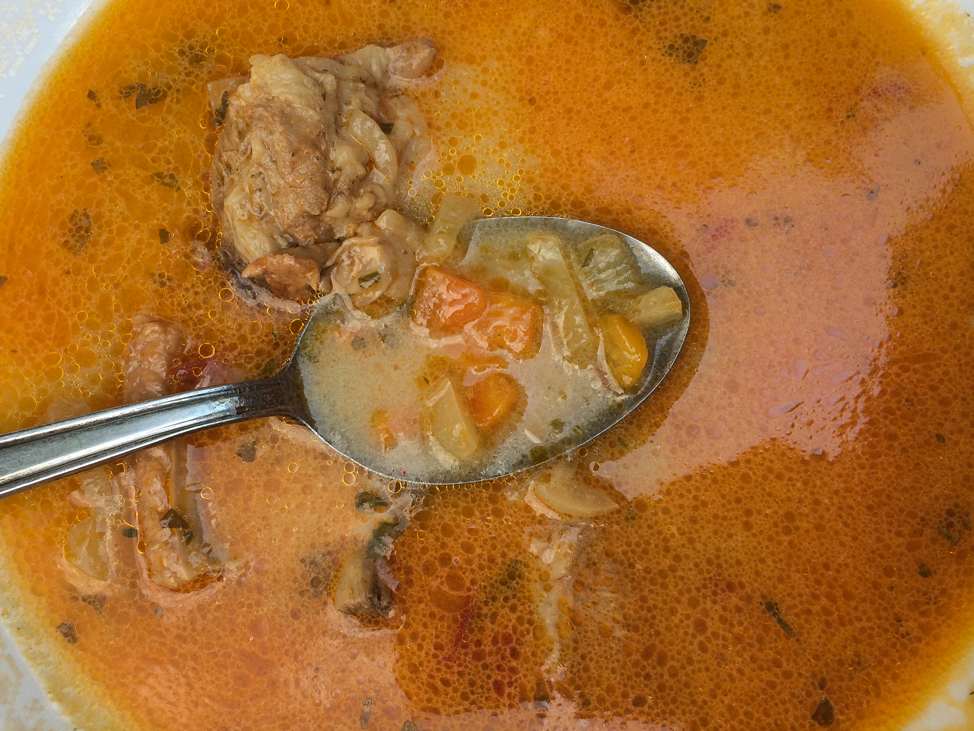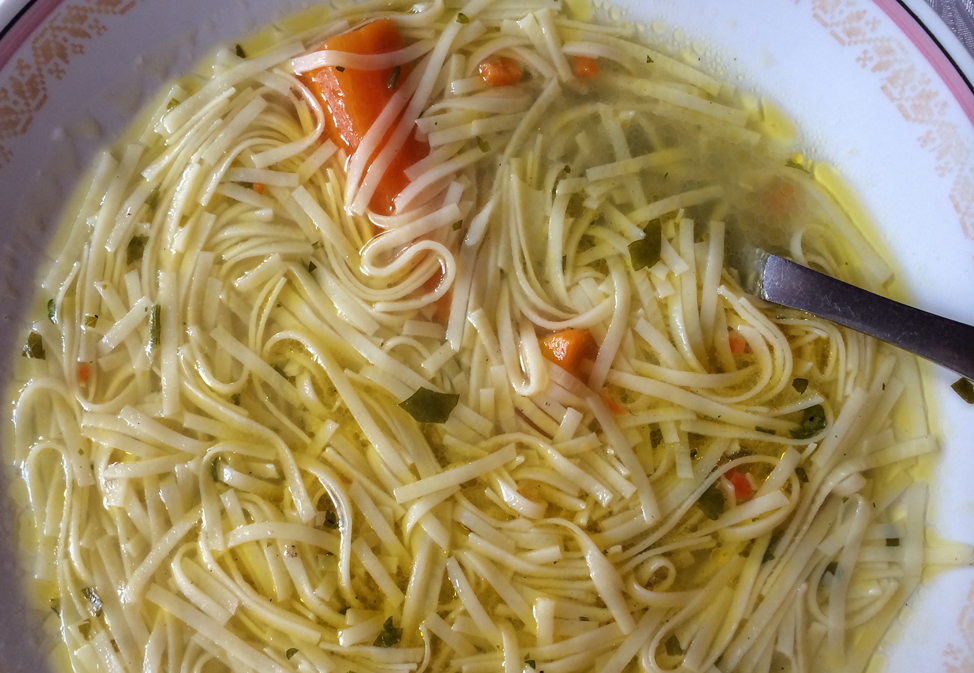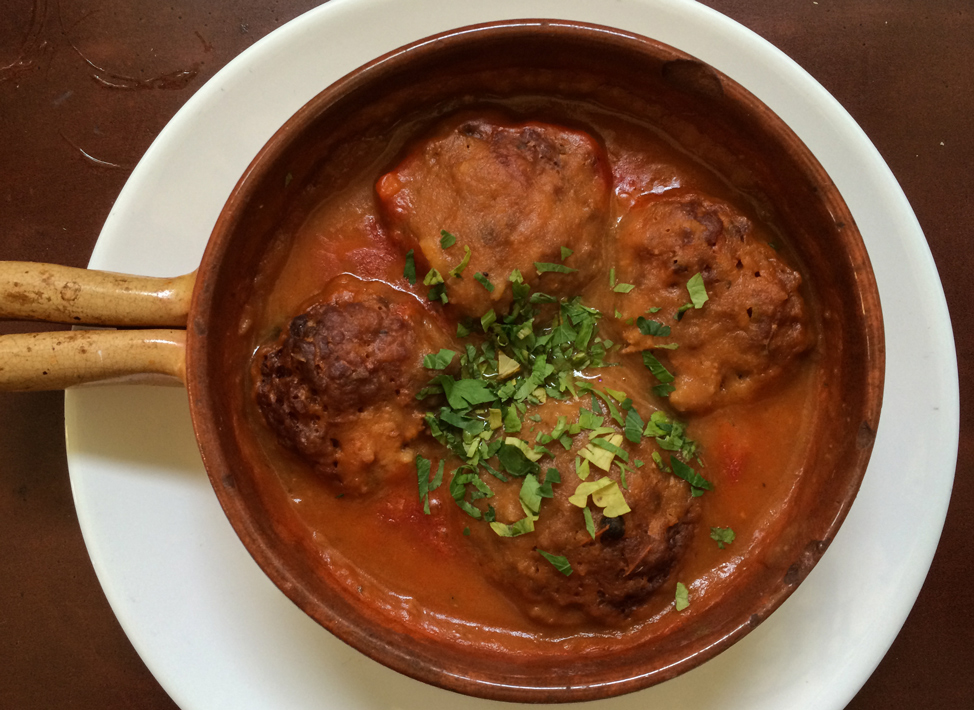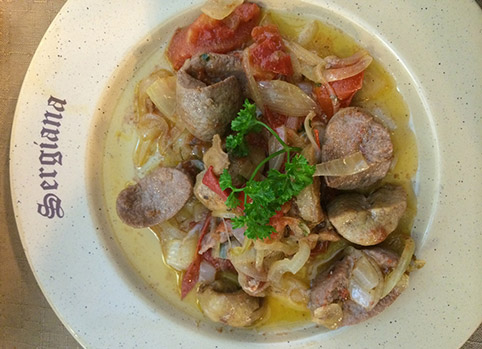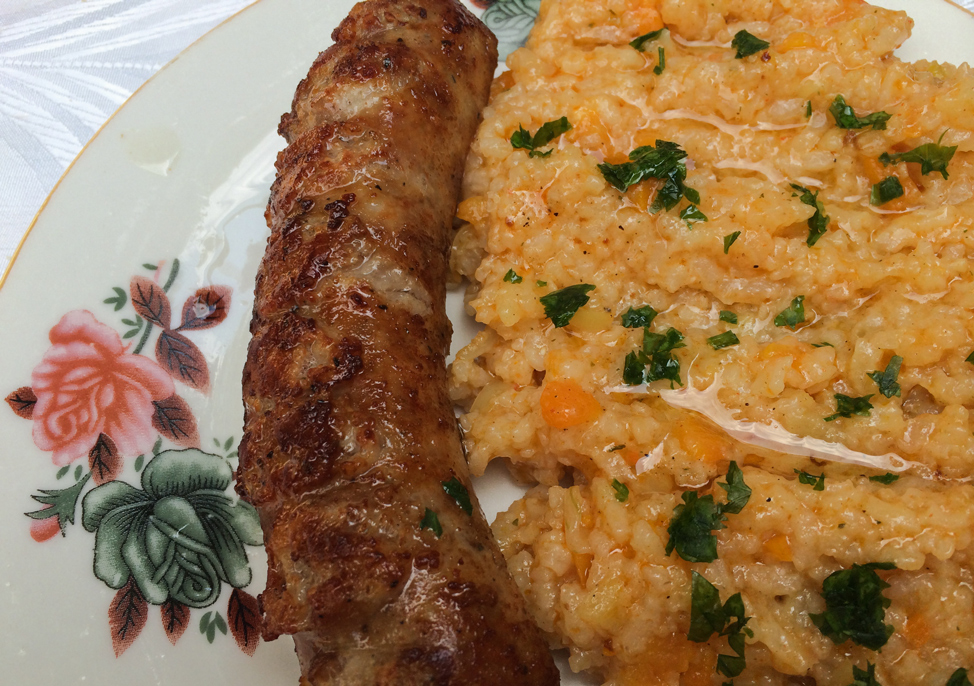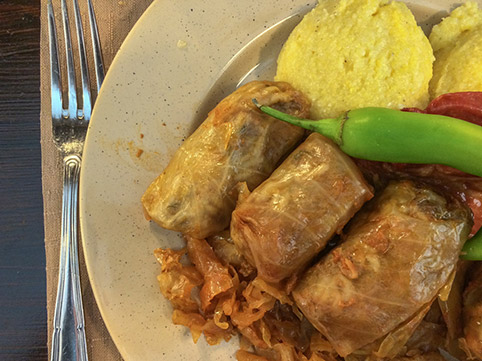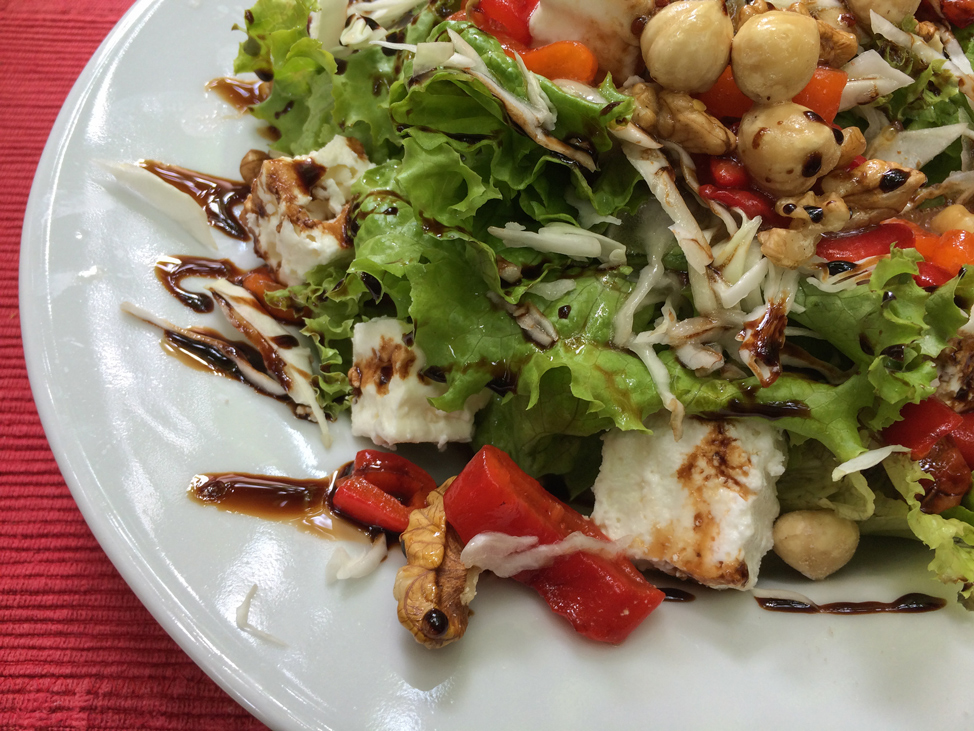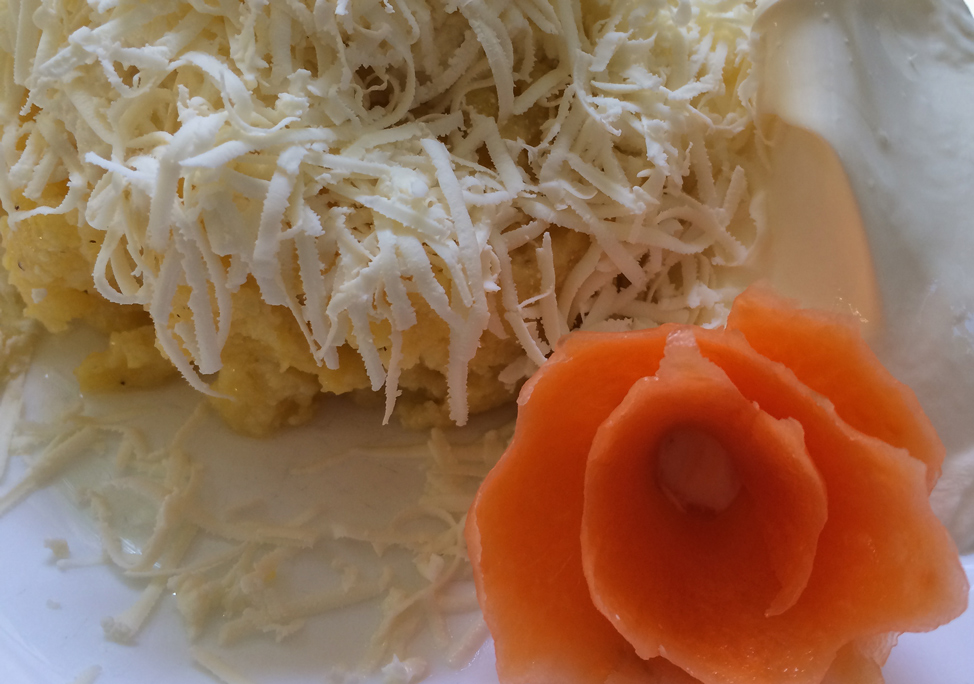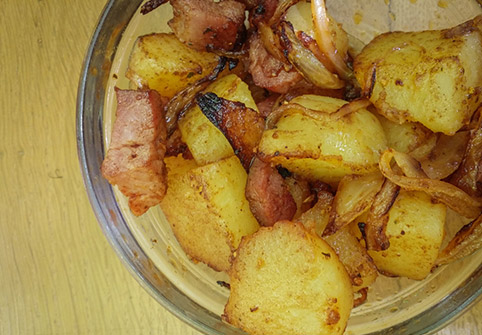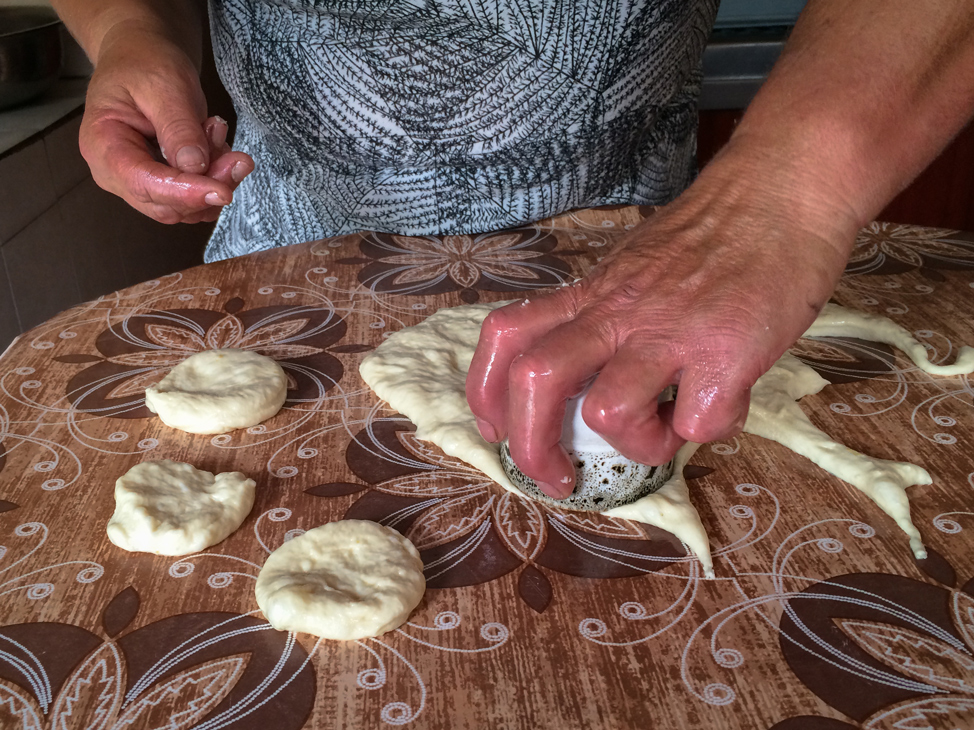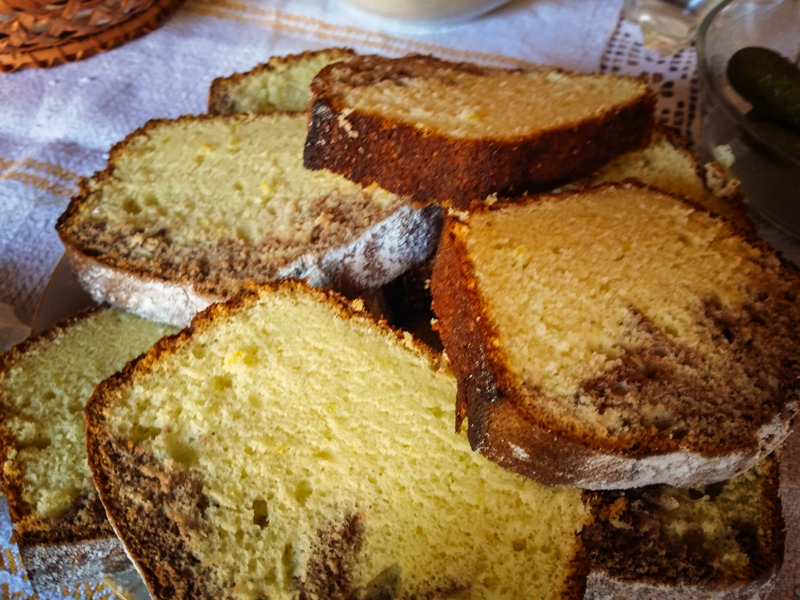Modena, nestled in the heart of the Emilia-Romagna region in northern Italy, is a city steeped in history, culture, and, without question, culinary excellence. Its well-preserved medieval and Renaissance architecture, including the Modena Cathedral and the iconic Ghirlandina Tower, is a testament to its rich heritage.
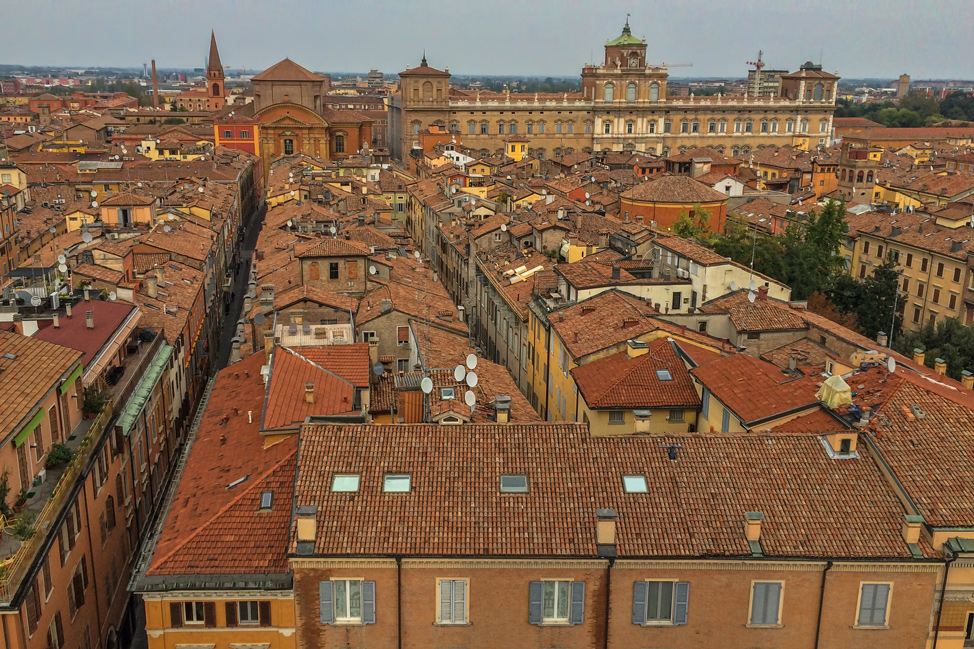
It’s the birthplace of balsamic vinegar and home to exquisite traditional Italian food, Modena is a paradise for food enthusiasts. It boasts a vibrant cultural scene with museums, galleries, and annual festivals celebrating music and local traditions. The city’s ties to the automotive industry, with Ferrari and Maserati headquartered here, add to its allure.
Modena is a thriving and dynamic city that invites visitors to savour its history, culinary delights, and contemporary charm. It’s a reason why we needed to visit and why we loved it so much.
Our Experience in Modena
Our nephew Avery surprised us in the first few days of our trip when he barely pulled out his camera and said that he really had no desire to. “It’s about the experience” was a statement I had not expected to hear.

At 18 years young, and on only his first visit overseas, he declined a quick visit to Pisa to take the legendary selfie, and was less in awe of the big tourist sights than I expected him to be. And in a last unexpected twist when discussing his favourite parts of the trip, he declared the tiny city of Modena as a very close second to Florence, beating out Venice, Rome, and Cinque Terre
If I could have anticipated his desires more closely, I might have planned the trip a little differently and a little more into the unknown. But our original plan to hit up the Emilia Romagna region was for our own selfish purposes: we wanted to return for the amazing food we had discovered on our last visit, and Pete wanted to get behind the wheel of a Ferrari.
We kinda felt like we were dragging Avery away from the tourist route all first-time travellers should see and just hoped he wouldn’t mind. He didn’t, and instead he raved, and not just for the thrill ride in a Ferrari. The exquisite dishes we ate won him over as the best food from Italy we had.
With 25 year aged balsamic vinegar drizzled over parmesan, prosciutto that melted in our mouths, and the most luxurious pasta we’ve ever eaten, Ave actually slowed down his frantic eating pace to savour each bite. For an 18 year-old male with an insatiable appetite, this is the biggest compliment he could give.
Tips for Visiting Modena, Italy
How To Get There
To get to Modena, Italy, you can fly into nearby airports like Bologna Guglielmo Marconi Airport or Milan Malpensa Airport and then head to the train station. From Bologna, it’s only short train ride to Modena. If coming from Milan, you can catch a high-speed train to Modena.
Renting a car is also an option for a road trip, which is certainly the more scenic and slow-paced way to do it. Additionally, long-distance buses serve Modena from various Italian cities.
When To Visit
The ideal time to visit Modena, Italy, varies depending on your personal preferences. Spring, from April to June, presents a delightful option with mild weather, blooming landscapes, and a vibrant atmosphere which is a great option for first time travellers or for those who want a smaller crowd.
Summer, from June to August, can be warm but be warned, it is over-crowded with tourists and events.
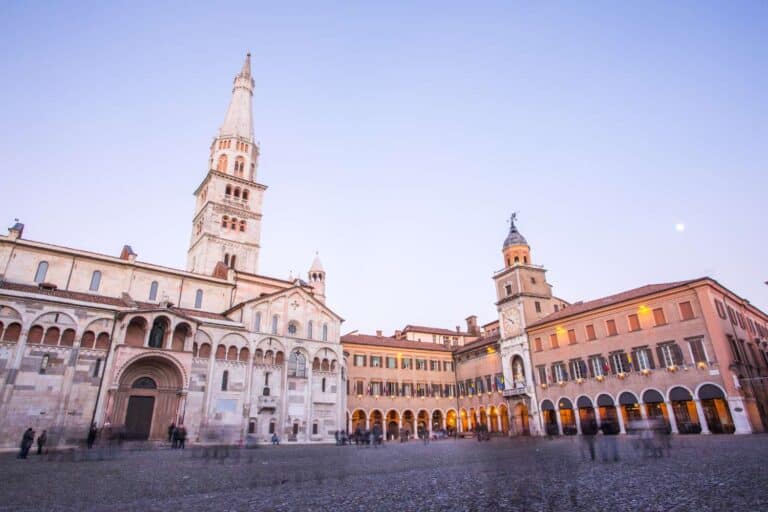
Early autumn, spanning September to November, offers pleasant weather and a more peaceful experience with harvest festivals and cultural events. This is usually the best option.
Winter, from December to February, is the low tourist season, making it perfect for those seeking a quieter visit and lower prices, although it can be chillier.
The Best Things To Do in Modena
We had a tough time narrowing down our list of things to do in Modena. From indulging in cheese and gelato, racing performance sports cars, taking in the sights, or immersing in the history and culture of the town, there was a lot to do.
Indulge in Gelato
Satisfy your sweet tooth with authentic Italian gelato from one of the city’s Gelaterias. GIOELIA Cremeria gelato shop was a place that we frequented twice daily (it was seriously the best we had in all of Italy–and we tested a LOT).

Overall, though, we revered the calm. We did not miss shuffling among hundreds and hearing English more often than not. Here, we felt like we were cherishing a real slice of Italy. Easily it’s one of the best things to do in Modena.
Explore Piazza Grande
Modena’s Piazza Grande, also known as Piazza Roma, is the city’s central square, steeped in history and surrounded by stunning architecture. Dominated by the Modena Cathedral and the iconic Ghirlandina Tower, both UNESCO World Heritage Sites, it’s a hub for cultural events and dining.
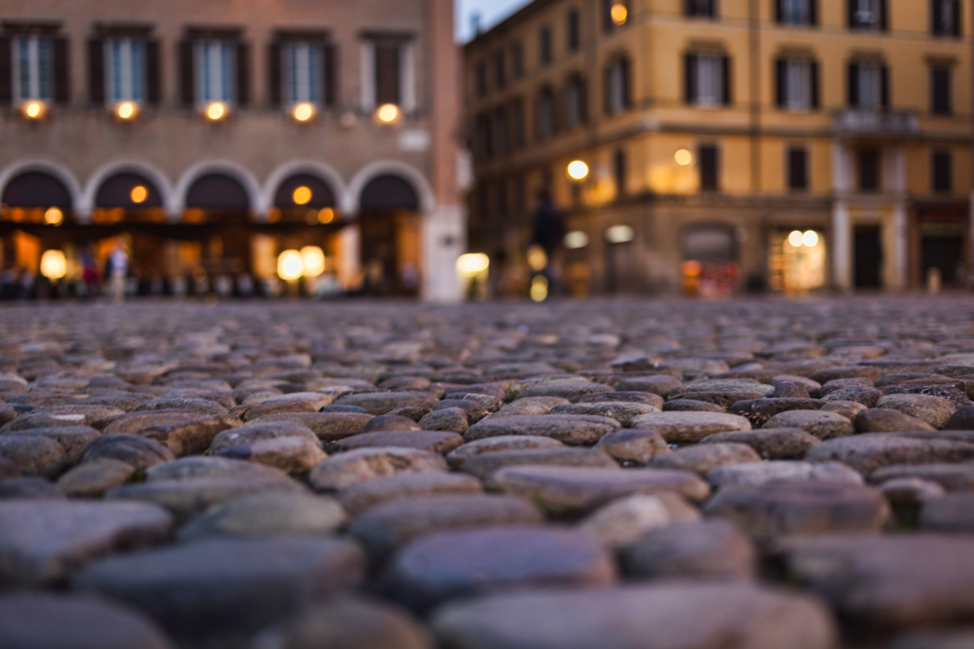
This lively square offers a glimpse into Modena’s rich heritage and is one of the main things to do in Modena while exploring the city’s historic center. And it only gets more magical when dusk sets in, and the golden hue from the lights reflects off the Piazza’s cobblestone streets.
Climb to the Top of Ghirlandina Tower
Located in Piazza Grande, the Ghirlandina Tower (Duomo di Modena) is a UNESCO World Heritage site and pretty hard to miss, as it sits above everything else in the city center.
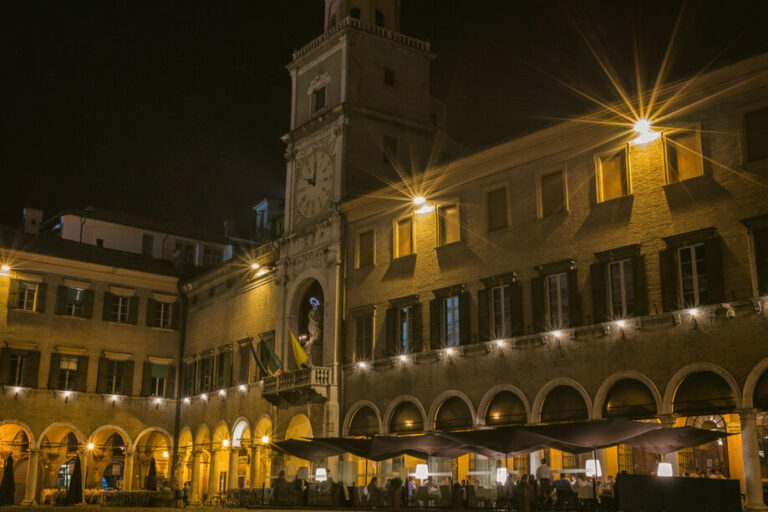
We had the chance to climb the bell tower to reach the top, and were rewarded with panoramic views of Modena and the surrounding countryside. Be prepared to go up though, the ascent consists of a series of narrow staircases and can be a bit of a tight squeeze. It’s one of the “top” things to do in Modena. Literally. See what we did there?
Visit Modena Cathedral
The stunning Modena Cathedral (Duomo di Modena) is another UNESCO World Heritage site known for its Romanesque architecture and intricate carvings. It is also located in Piazza Grande in the city centre.

Inside the cathedral, you’ll find a treasure trove of artistic and historical riches. Notable highlights include beautiful frescoes, a stunning mosaic in the apse, and an intricately carved pulpit. Modena Cathedral is not only a testament to the artistic achievements of its time but also a living symbol of Modena’s historical and cultural heritage.
Savour Balsamic Vinegar
Modena is renowned as the “birthplace of traditional balsamic vinegar”, known as “Aceto Balsamico Tradizionale di Modena.” Tasting it in its place of origin ensures an authentic and unparalleled experience. Who knew how intricate, delicate and DELICIOUS a 25 year-old balsamic could taste? We were lucky and very appreciative to try it.

Modena’s balsamic vinegar is deeply ingrained in the local culinary culture (to say the least). By participating in a lunch and balsamic vinegar tasting tour, you gain insight into this rich heritage and its significance in Italian cuisine. You get to visit a balsamic vinegar factory and of course, have lunch!
And what’s even better than trying the best balsamic vinegar? Trying the best balsamic vinegar with the best parmesan cheese. Trust us, it doesn’t get much better than this.
The Enzo Ferrari Museum
Seeing these cars in person has always been a childhood dream. I grew up always wanting a Testarossa. So visiting this cutting-edge museum and uncovering the rich history of one of the globe’s most esteemed brands was a must. I was instantly captivated by the futuristic facade of the building, resembling an oversized yellow hood.

Upon entering, I stepped into the expansive hall, which hosts a diverse array of exhibitions, offering the chance to delve into the fascinating history of Ferrari and its visionary founder, Enzo. The Enzo Ferrari Museum is one of the most popular things to do in Modena, and definitely worth visiting for those interested in a stunning collection of historic vehicles.
Be sure to book your ticket for the Ferrari Museum in advance.
Test Drive a Ferrari
Seeing the Ferrari museum was one thing. But getting to sit behind the wheel and open it up on the motorway. Hell yes. Test driving a Ferrari in something anyone can do in Modena. To be fair, Ferrari is actually what predominantly drew us there in the first place, and the experience needed to be shared:
This is the perfect activity for sports car fans and regular day-trippers alike.
Want to test drive a Ferrari? You can do it, but be warned, it isn’t cheap. Although we can 100% say that the experience is certainly worth it.
Stroll through Parco Novi Sad
Situated in the city center, this charming urban park known for its tranquil ambiance, lush greenery, and family-friendly amenities, including a playground. This well-maintained oasis provides a serene escape from the city’s hustle and bustle, offering opportunities for leisurely strolls, picnics, and cultural events.
Visitors can also enjoy panoramic views of Modena’s skyline and easy access to nearby historical attractions, making it a beloved spot for relaxation and exploration.
Visit Modena’s Markets
Modena’s markets are a bustling and vibrant part of the city’s cultural and culinary scene, with many located around or nearby Piazza Grande. From the Mercato Albinelli, a historic covered market where you can find an abundance of fresh produce, meats, parmesan cheese, and local delicacies, to the Mercato Storico, known for its array of artisanal products and gourmet treats, these markets provide a sensory journey through the flavours and traditions of the Emilia-Romagna region.
Exploring Modena’s markets is not just a shopping experience; it’s an opportunity to immerse yourself in the daily life and gastronomic richness of this charming Italian city.
Take a Food Tour
You can’t visit Modena and not take a food tour while you’re there. Nestled in the center of Emilia Romagna’s ‘Food Valley,’ Modena serves as the epicentre for the creation of some of Italy’s most renowned gourmet delicacies.

This is one of the most popular Modena food tours. You will get picked up and dropped off at your hotel, and along the way you’ll get to experience:
- 5 gourmet pit-stops including:
- Breakfast with special bread and cappuccino
- Tigelle and Lambrusco wine
It’s the perfect way to experience a taste of the region’s culinary highlights on an exclusive food tour, allowing you to savour its most iconic offerings all within just a few hours.
The Kindness of The Modenese People
There are plenty of things to do in Modena that make it a wonderful place to visit, but it’s truly the people that make it so special.
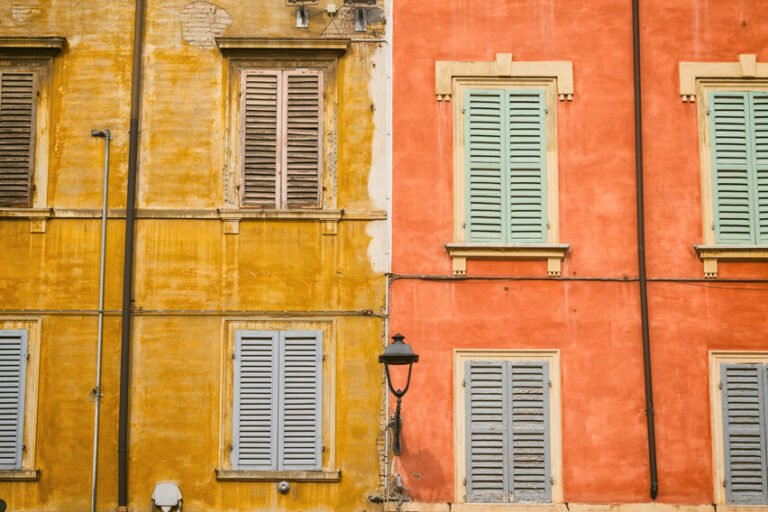
The final event that exalted Modena occurred after our trip up the Ghirlandina tower. Or should I say, after that trip in which I somehow dropped my wallet without noticing, when a harmonious string of events saw the police track me down at our hotel and drop if off before we left the next morning.
Would that have happened in Rome? Or Florence? Probably not, and convinces me yet again that it is the off-beat tourist destinations that provide the most endearing experiences. And I’m glad that Ave didn’t have to just tolerate this side-trip, but instead enjoyed it as much as we did.
Where We Stayed
There are plenty of options for hotels in Modena.
Hotel Libertà
The lovely Hotel Libertà was right in the center of the action and very comfortable for our two-day stay. It’s right in the heart of Modena, close to everything (including the train station) and, more importantly, gelato shops.
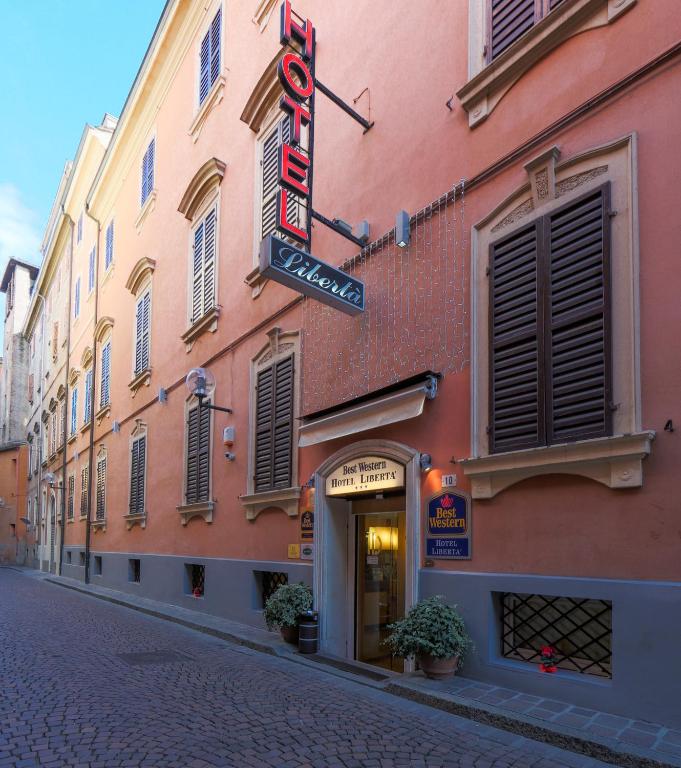
Tours We Recommend
There are plenty of things to do in Modena including learning about the secrets of parmesan and balsamic vinegar, a trip to the Lamborghini or Ferrari Museum with a food tour, or learning to make the freshest and most delicious pasta and tiramisu you will ever eat.
Final Thoughts
We don’t often get to play tour guide to family and friends, but when we do, I have been pleasantly surprised to find their experiences most enriched by those that I cherish as well.

Like my Mom choosing Burhaniye over Istanbul, and now Avery lauding Modena over most of Italy. Their reactions have mirrored mine, and I don’t know if it is a familial traveller gene within, or if this is indicative of humankind as a whole.
I don’t want to start the beaten debate of traveller-versus-tourist, but I think that deep down everyone would enjoy a trip off the well-treaded path, they just need to give themselves the chance to do so. And with Italy being one of the most frequented countries in the world – Modena is the perfect place to start.

